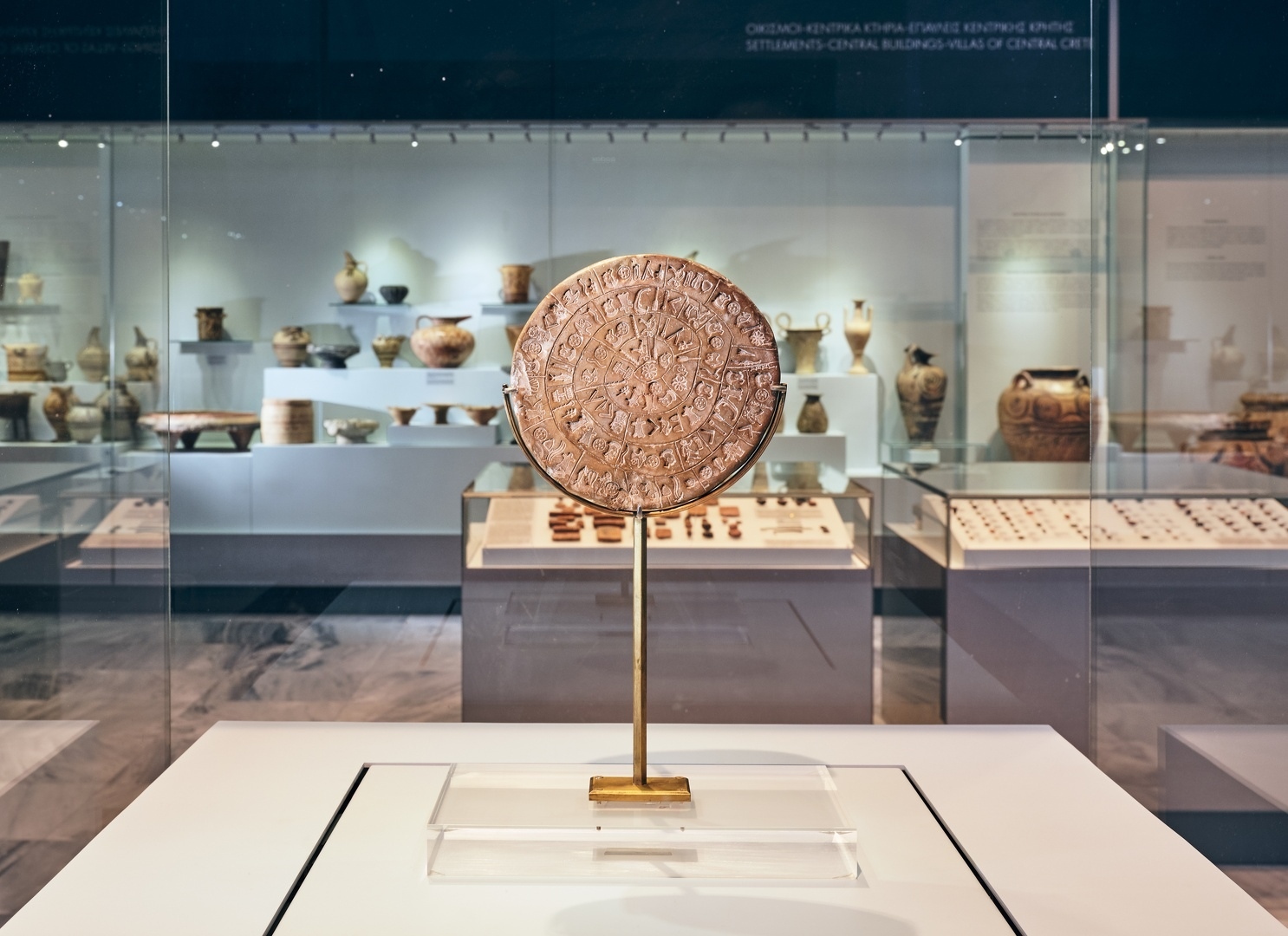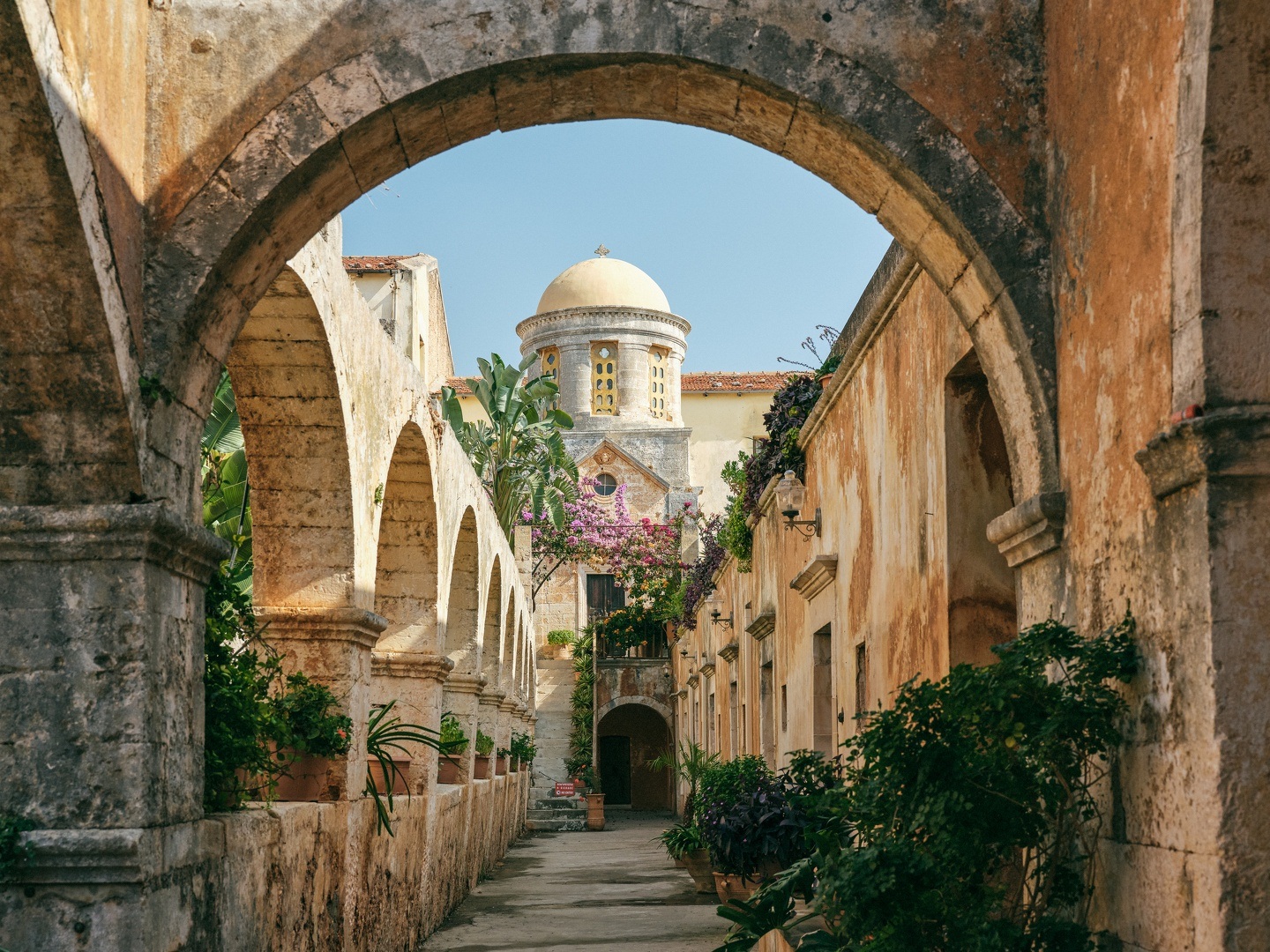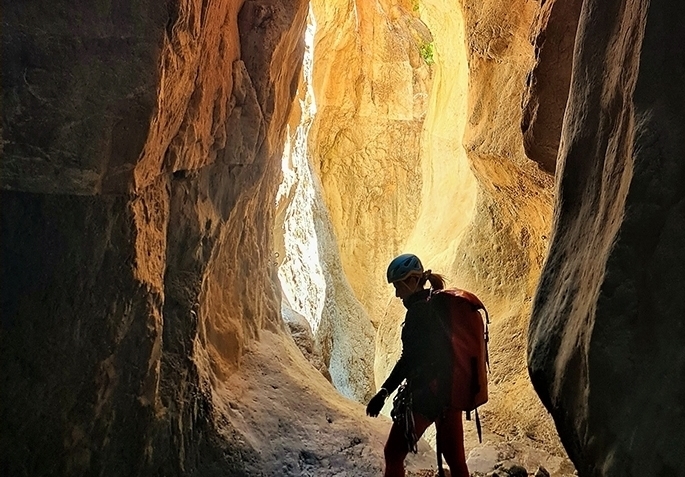
Festive biscuits from Crete!
A Recipe Brimming with Affection!
Though time has elapsed and the recollections of my grandmother are now part of bygone days, they are imprinted in my mind with such vividness that it feels akin to narrating yesterday spent with her.
I'm delighted to share my favourite recipe with you – the one my grandmother used to make before Christmas: the distinctive festive biscuits of Crete.
On Christmas Eve and New Year's Eve mornings, a gentle knock echoed on the door. Before Grandma could open it, the house resonated with the joyful sounds of children. With a warm and kind smile, Grandma welcomed the little visitors, offering them the most delicious biscuits she had meticulously prepared, ensuring there was an abundance to share.
The previous evening, she had meticulously sifted the flour to eliminate the bran, setting it aside in a bucket so she could use it later to feed the hens. In a bowl, she would nurture the sourdough that she maintained throughout the year. Mixing the sourdough with a bit of lukewarm water to soften it, she would then incorporate flour and knead it, forming a small batch of dough. Placing the bowl near the fireplace, she covered it with a woollen blanket to keep it warm. Throughout the night, the kitchen echoed with the rhythm of her footsteps as she tended to the fireplace, stoking it with wood and diligently working on the sourdough to ensure its activation.
The following morning, she placed warm ash and her own sesame in the flour sieve. Using her hands, she rubbed the sesame to remove its skin and turn it white, then washed and spread it on a clean towel to dry. Next, she prepared the cinnamon juice: boiling water with cinnamon and cloves. Afterward, she strained and allowed it to cool. She also made lye water by sifting ashes, boiling them with water, letting it cool and settle, and then straining it through cheesecloth.
She kneaded the sourdough once again in the small tub, incorporating cinnamon juice, lye water, oil, honey, and enough flour to reach the dough's desired consistency. Placing the tub with the dough near the fireplace to rest, she covered it with a woollen blanket to maintain warmth. After a while, she kneaded it again, added the remaining ingredients, and covered it once more with a clean woollen blanket.
She would first grind the mastic in the pestle and then zest the lemons. She kneaded the dough once more, adding mastic, lemon zest, and enough flour for the dough to rise, creating a pure mixture. The house was filled with the fragrant aroma of cinnamon, cloves, lemon, and mastic.
Sitting at the sofra (a low table or tray used for serving food), she moulded the small biscuits—how I enjoyed shaping my own! My grandpa had crafted a little stool for me; that's where I'd sit and shape my own biscuits on the low table. While we shaped cookies, my grandma, fuelled by her imagination, wove tales. ‘Goblins soared out from the fireplace, each taking on a form from the flames.’ Grandma had a knack for storytelling—tales as enchanting as the stars that fill the night sky.
She would take off the wooden front door, lay out a clean cloth, and on it, she would arrange the biscuits, spaced apart. Crossing them, she covered the biscuits with another clean woollen blanket to keep them warm until they rose (approximately 3 hours).
She placed a pot of water on the hearth to boil. Taking each biscuit one by one, she carefully positioned them on a slotted spoon and dipped them into the boiling water. After leaving them for a few minutes, she combined them with sesame seeds, rolling each one gently to ensure the sesame adhered evenly.
In the backyard, there was a wood oven. She would fuel it with thorny burnet and vines, then wipe it clean before placing the trays with the biscuits. Afterwards, she closed the iron door of the oven and applied a coating around it to seal it, thus preventing heat from escaping.
While she was baking them, the aroma filled the yard and the entire neighbourhood.
Ingredients:
- Yeast
- Approximately 1 kilogram of wheat flour
- 1 glass of sugar or honey
- 1 wine glass of oil
- 1 wine glass of lye water (2 tablespoons of ash)
- 1½ cinnamon glasses (2 cinnamon sticks, 4 cloves)
- 1 cup of lemon zest
- ½ teaspoon of crushed mastic
- White sesame for sprinkling
Baking Tips and Instructions
- Line the baking pan with baking paper and arrange the cookies.
- Bake at 180 degrees for approximately 20 minutes.
- This recipe yields about 40 cookies.
- Blanch the cookies to ensure sesame seeds adhere and maintain their shape. Alternatively, lightly brush the surface with water using a brush, then dip them in sesame seeds.
- Ensure the ash used is clean and derived from natural wood.
- Lye contributes to a fluffier texture in the biscuits.
- If you wish to preserve sourdough, set aside a portion before adding ingredients for the biscuits. Allow it to dry and store it in the fridge.
- If you don't have sourdough, incorporate 60 grams of fresh yeast. Dissolve the yeast with lukewarm cinnamon, add 1 tablespoon of sugar, and enough flour to form a thin porridge. Cover the bowl with a warm cloth, allowing it to rise for about 30 minutes. Then, add the remaining ingredients and knead. Allow the dough to rise before shaping the biscuits.
- Sourdough is natural yeast. Kneading with natural sourdough enhances the flavour of the biscuits and extends their shelf life.
Best of luck to those who embark on this culinary adventure!
Lena Igoumenaki
President of the Cretan Cuisine Festival Association
Cretan Cuisine Festival
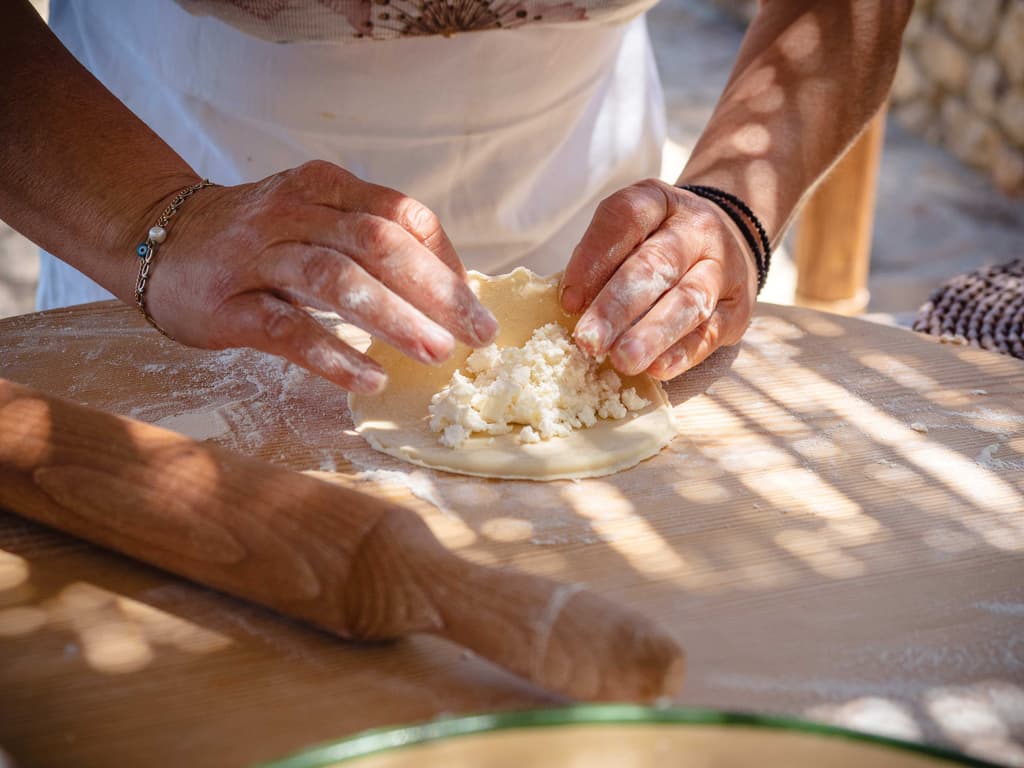
Mizithropites: Authentic Cretan Pies

Meat cake
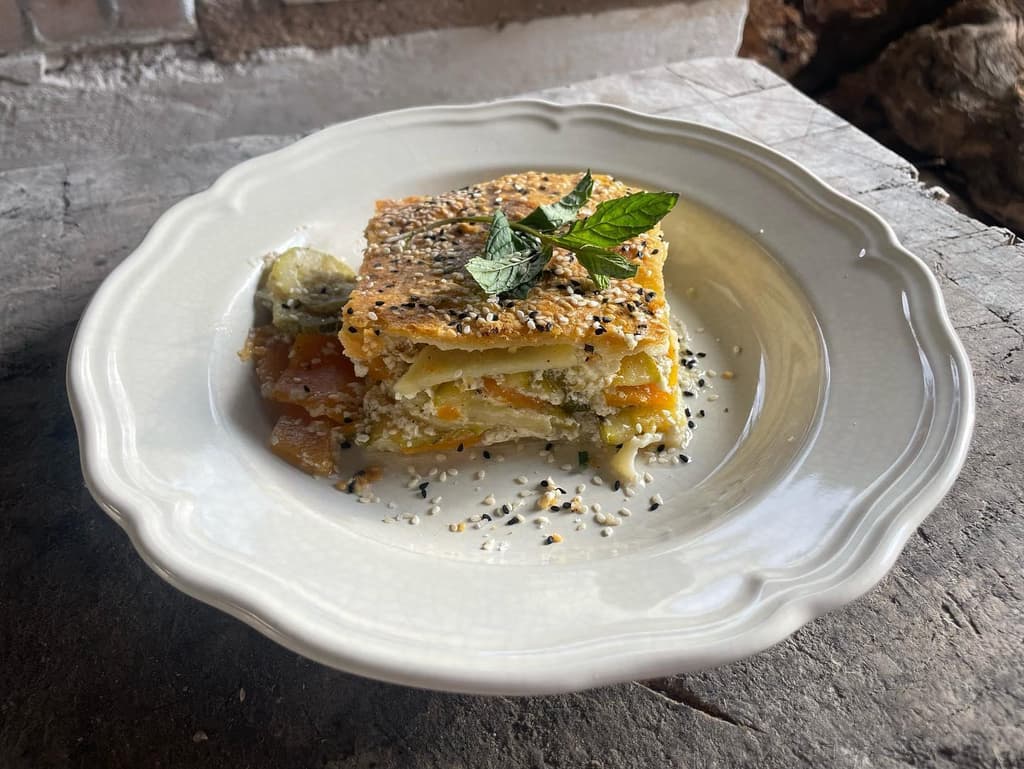
Chania Boureki or Courgette Boureki
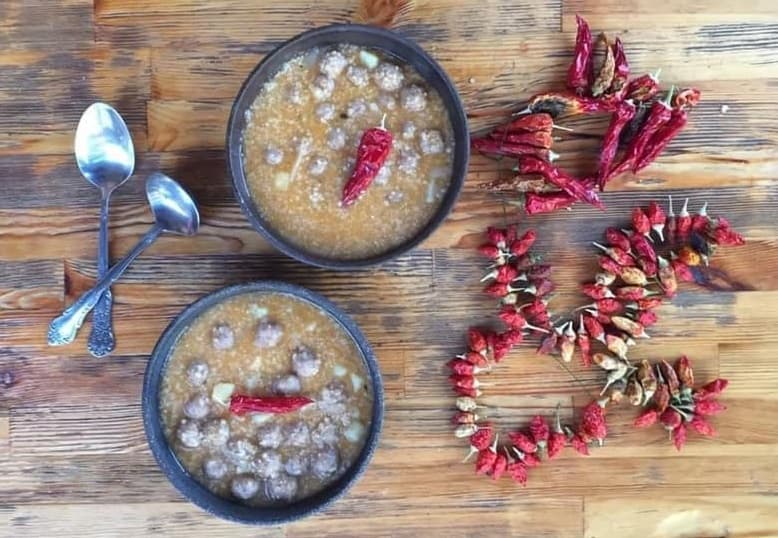
Topia (Balls)
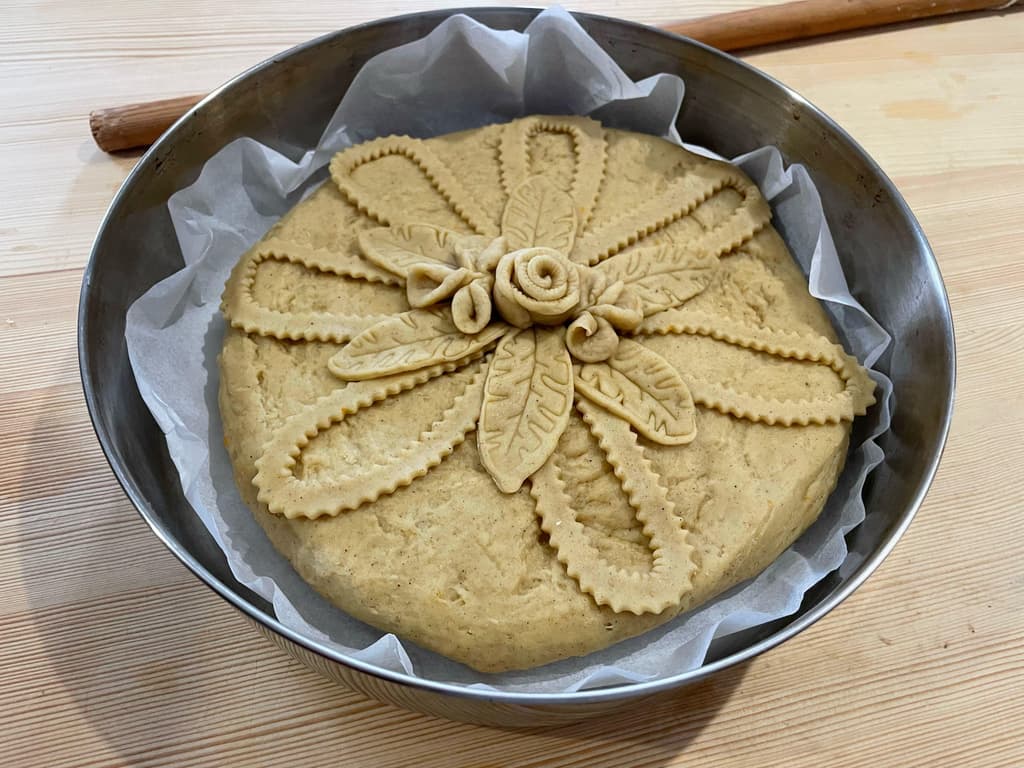
The Traditional 'Bread of the Year'
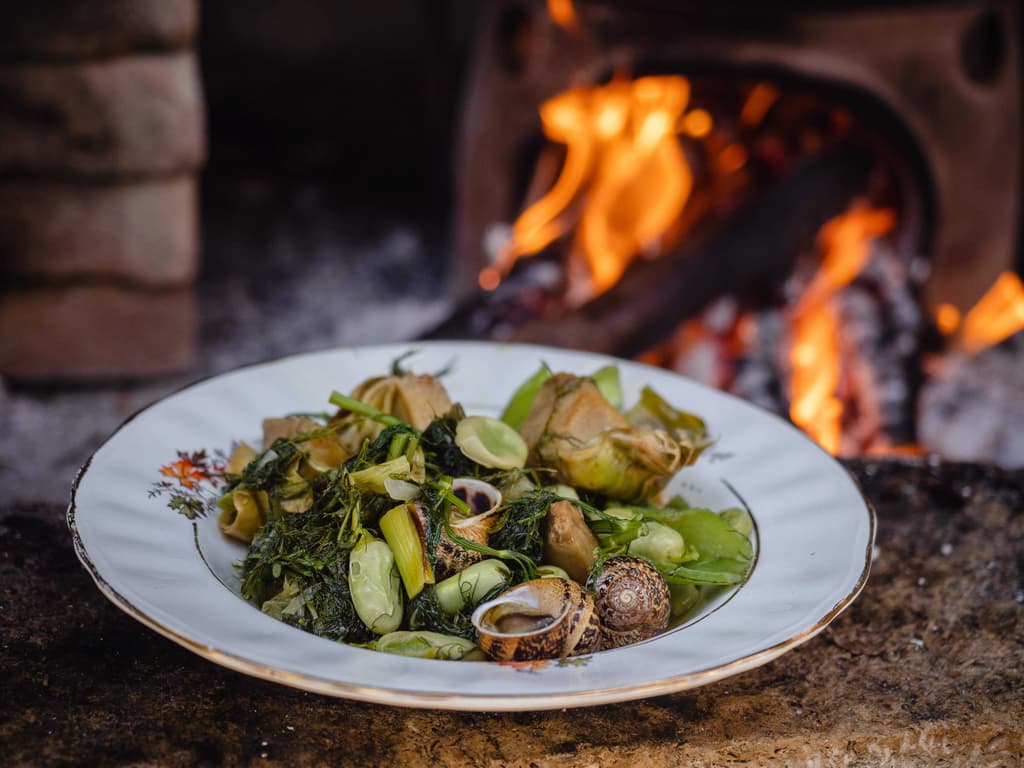
Snails with Broad Beans and Artichokes
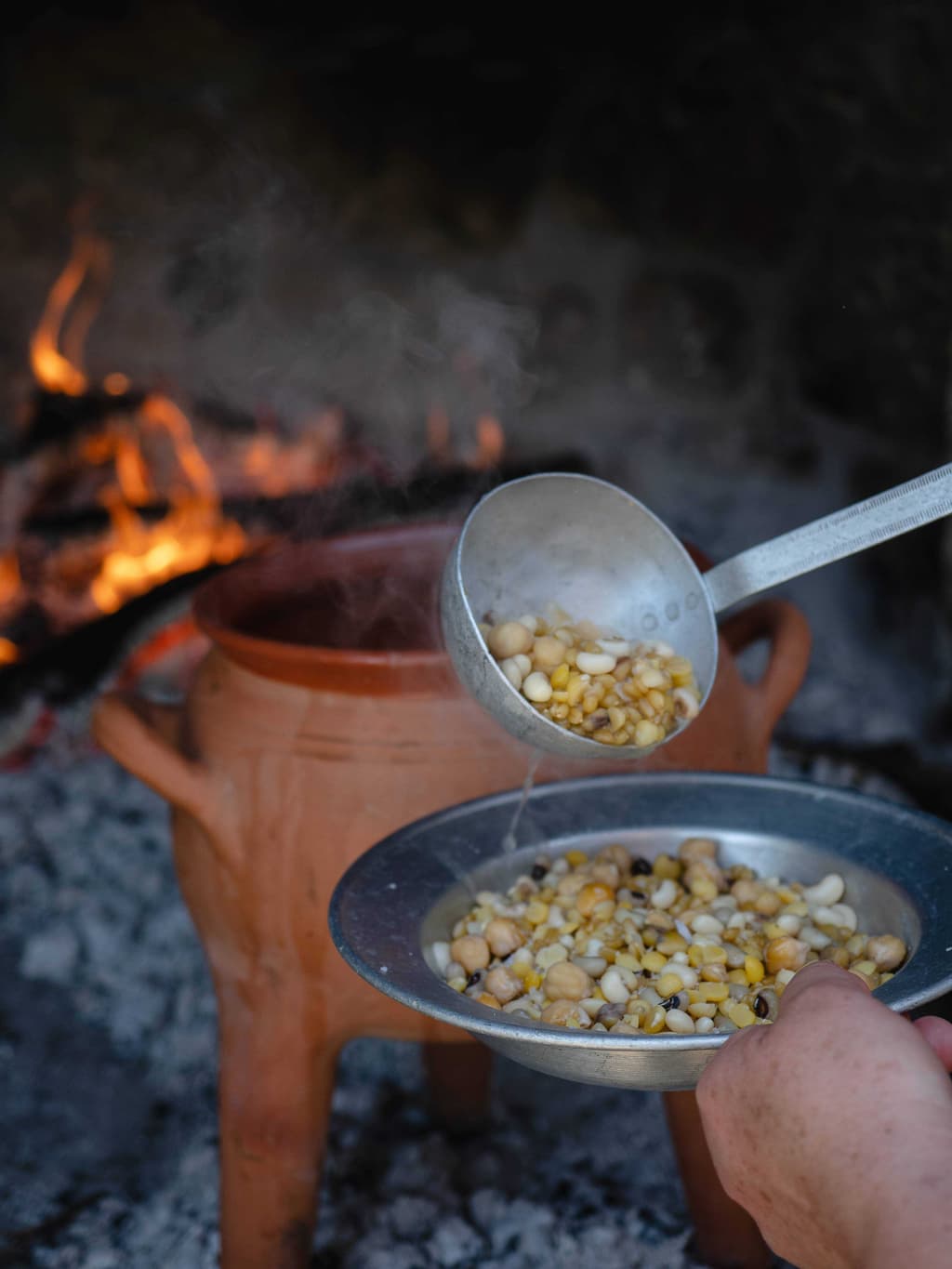
Cretan Ospriada or Palikaria (A Legume Dish)
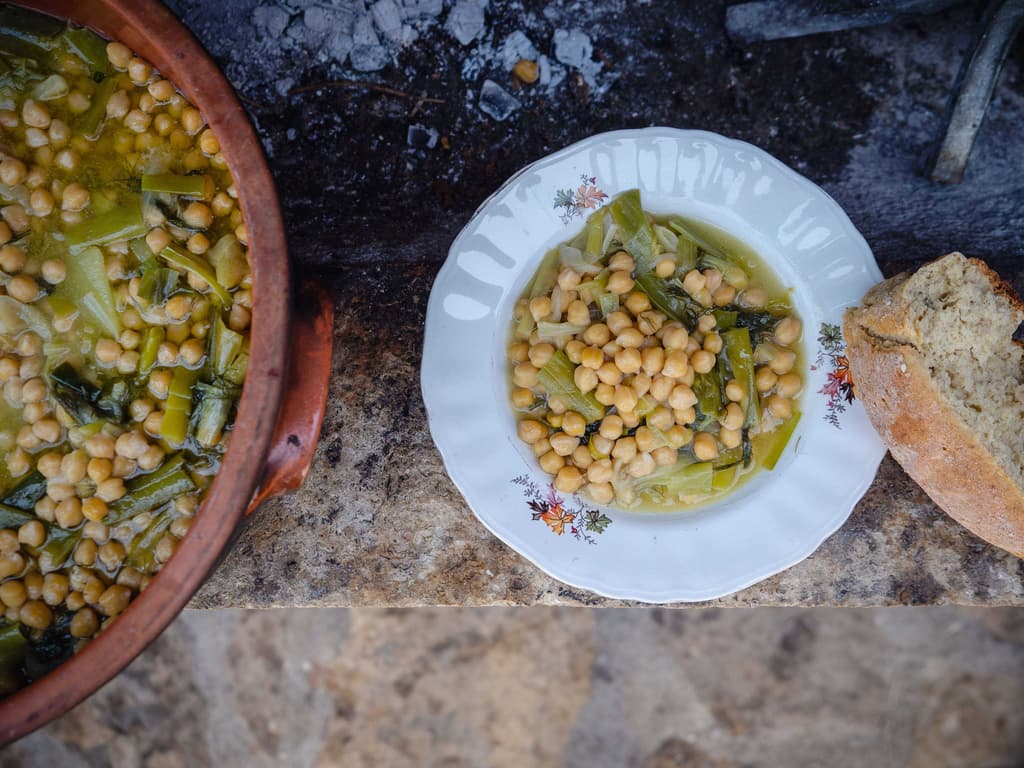
Chickpeas with Wild Leeks, Flour and Lemon Sauce
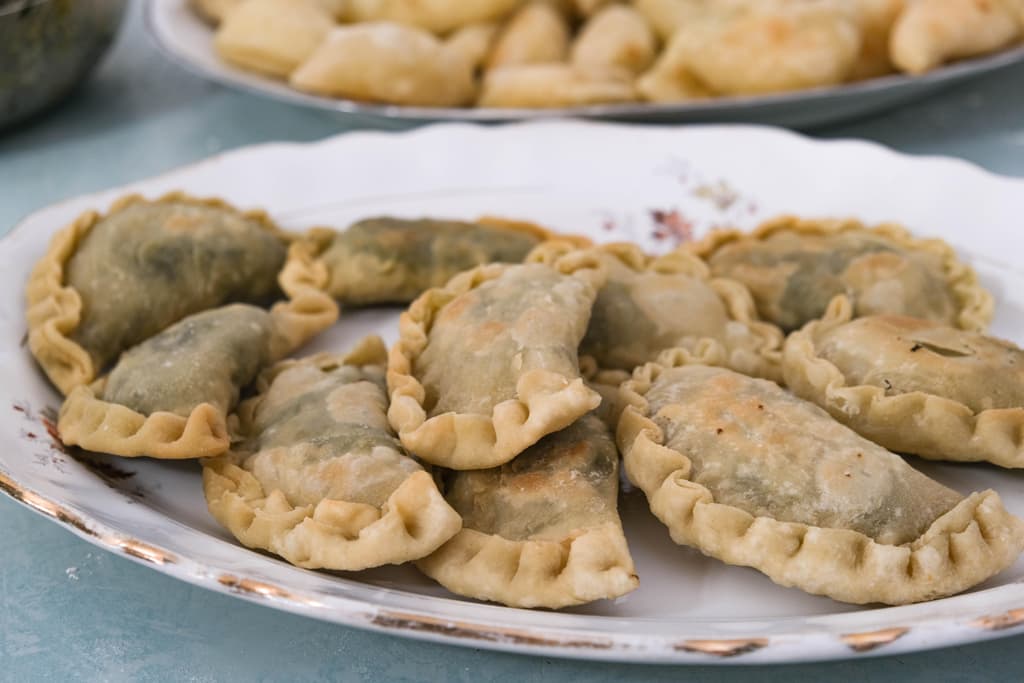
Pies with ‘Yachnera’ Greens
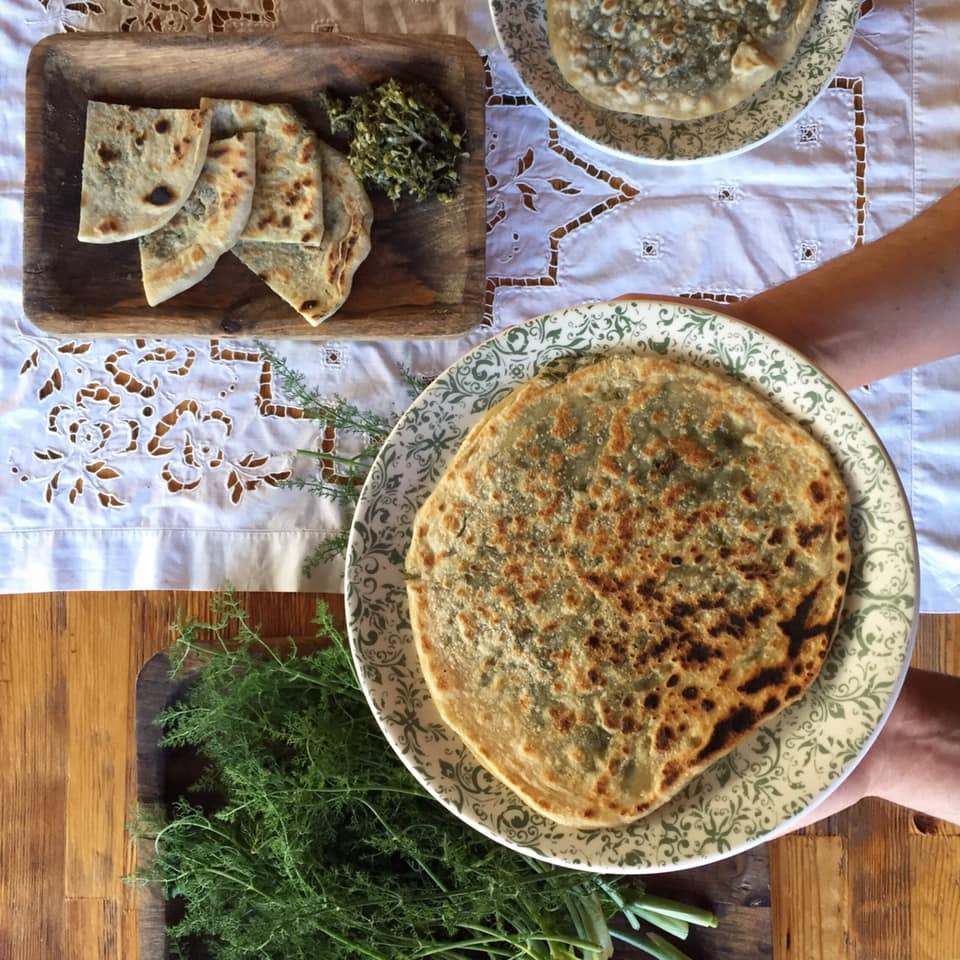
Fennel Pie

Sfakian Pie or Sfakianopita

Sweet Rice Pie or 'Tzoulamas'
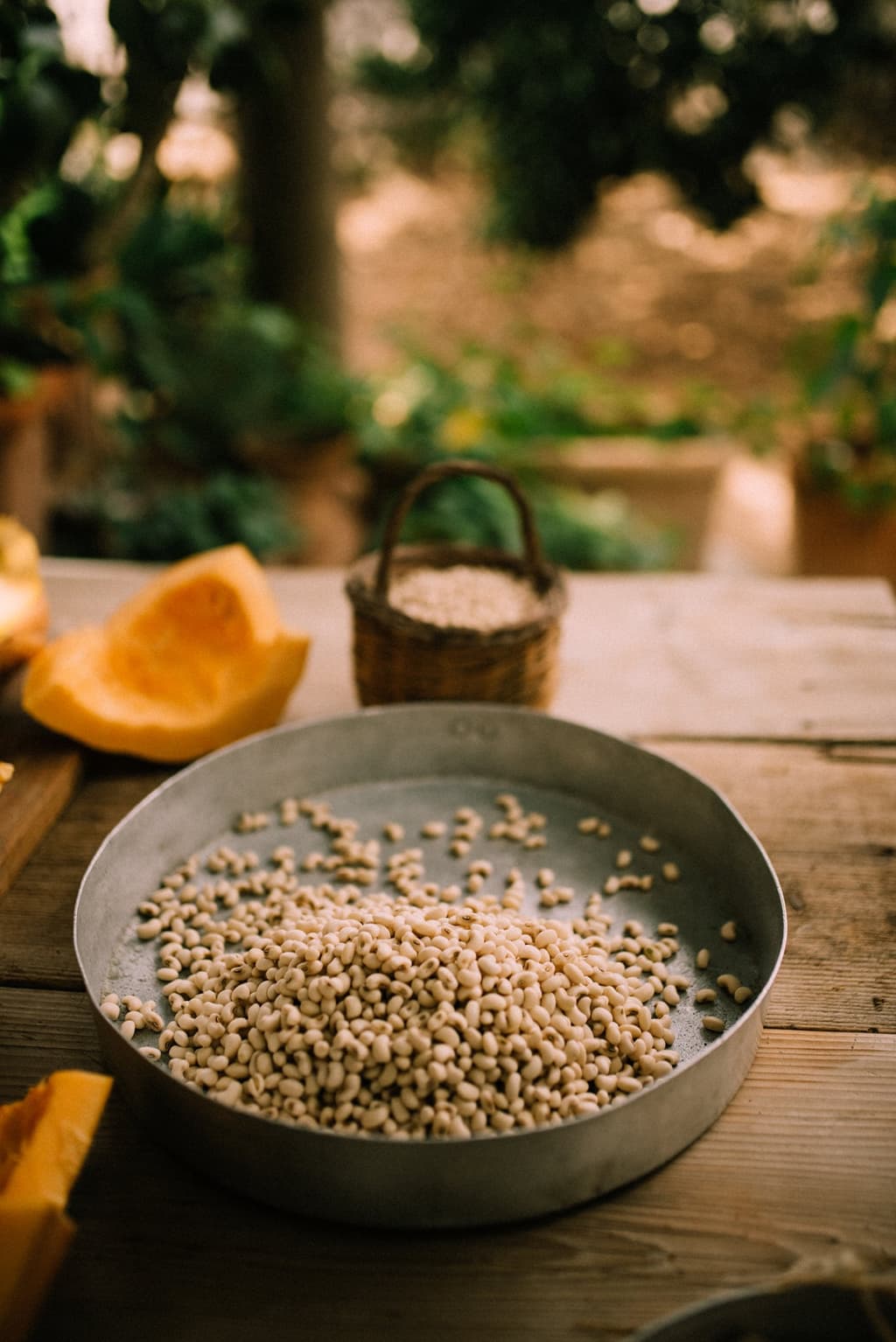
Apostoli White-Eyed Bean
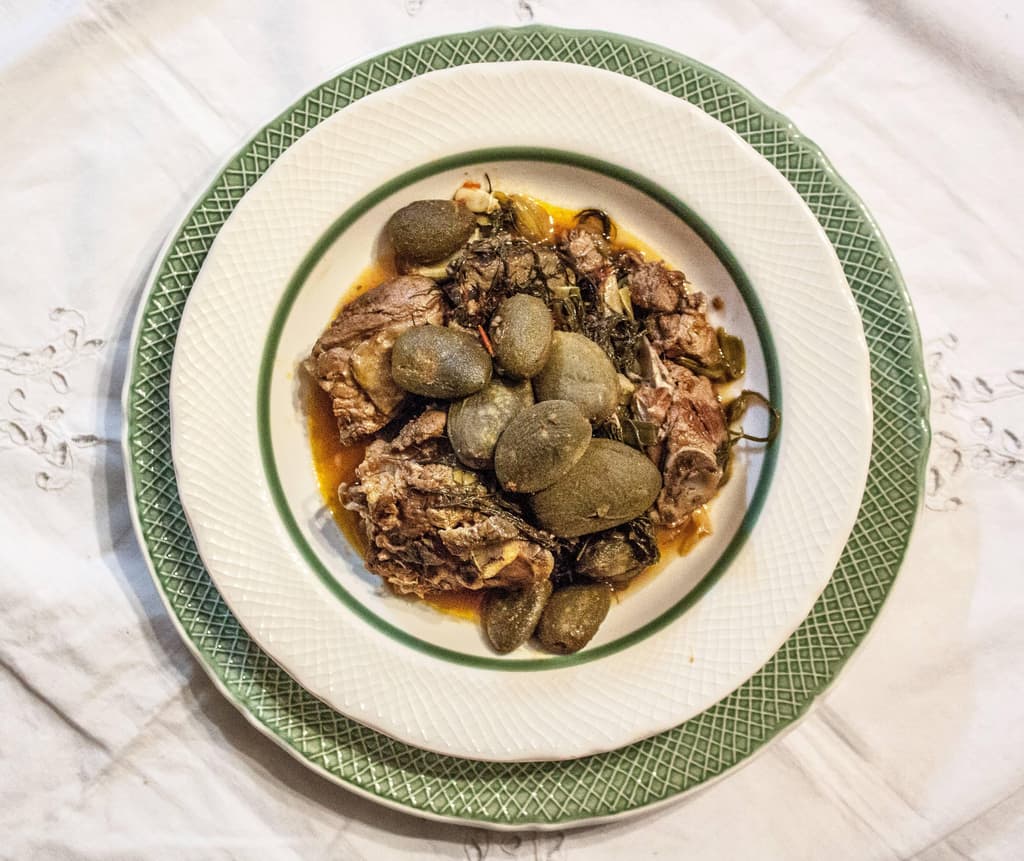
Almond-Infused Goat Dish with Fennel: A Fresh Delight
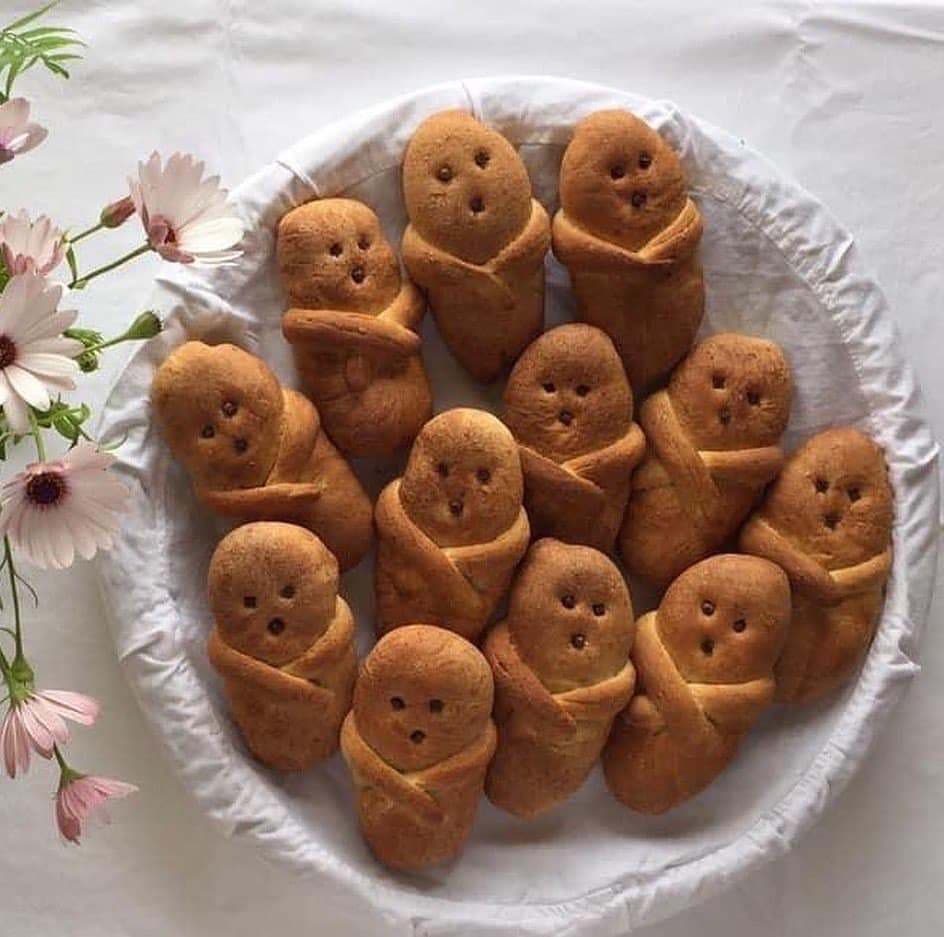
Lazarosavato
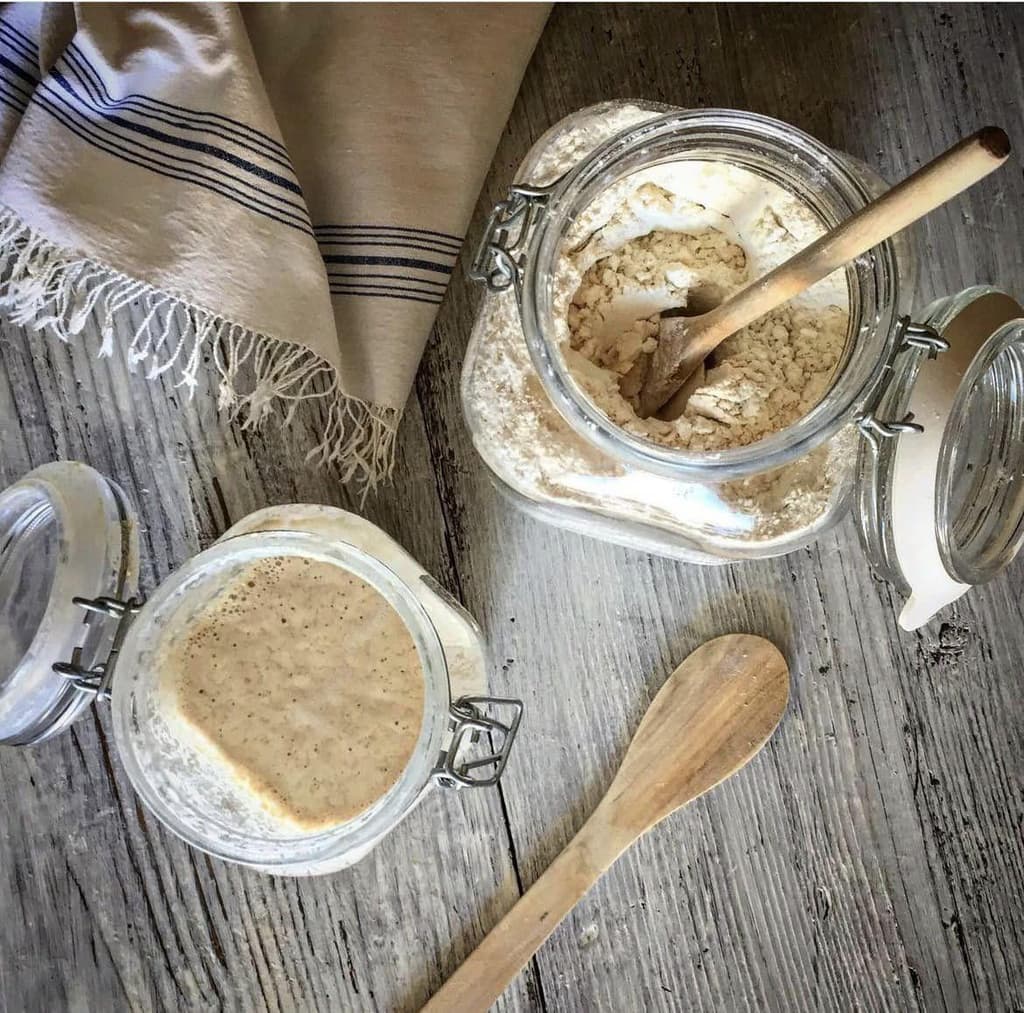
The Holy Week Sourdough
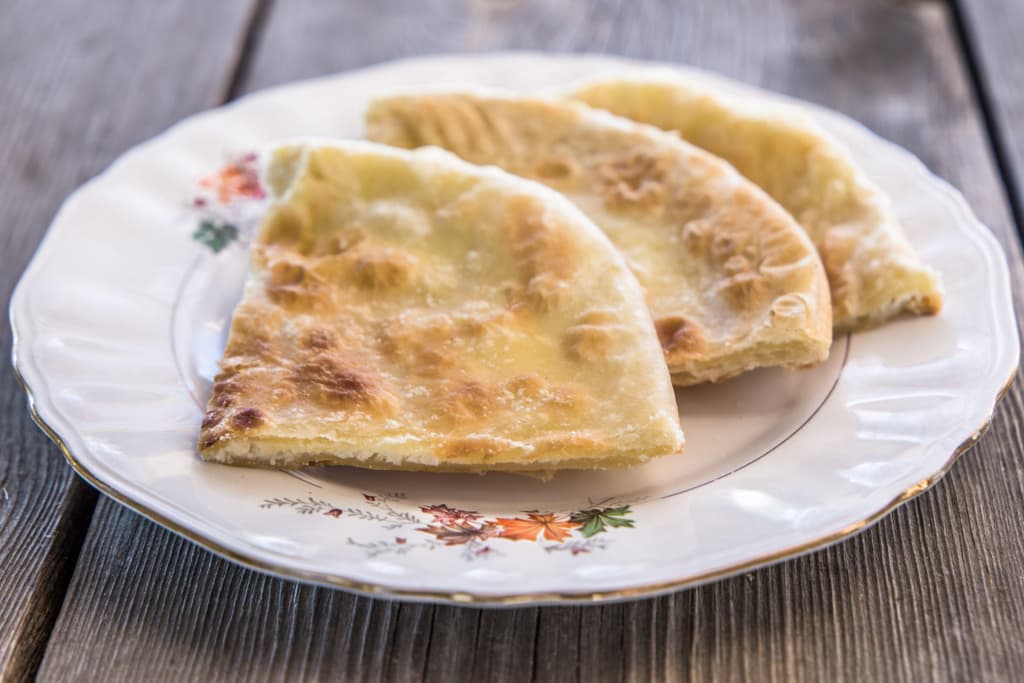
Nerati Mizithropita
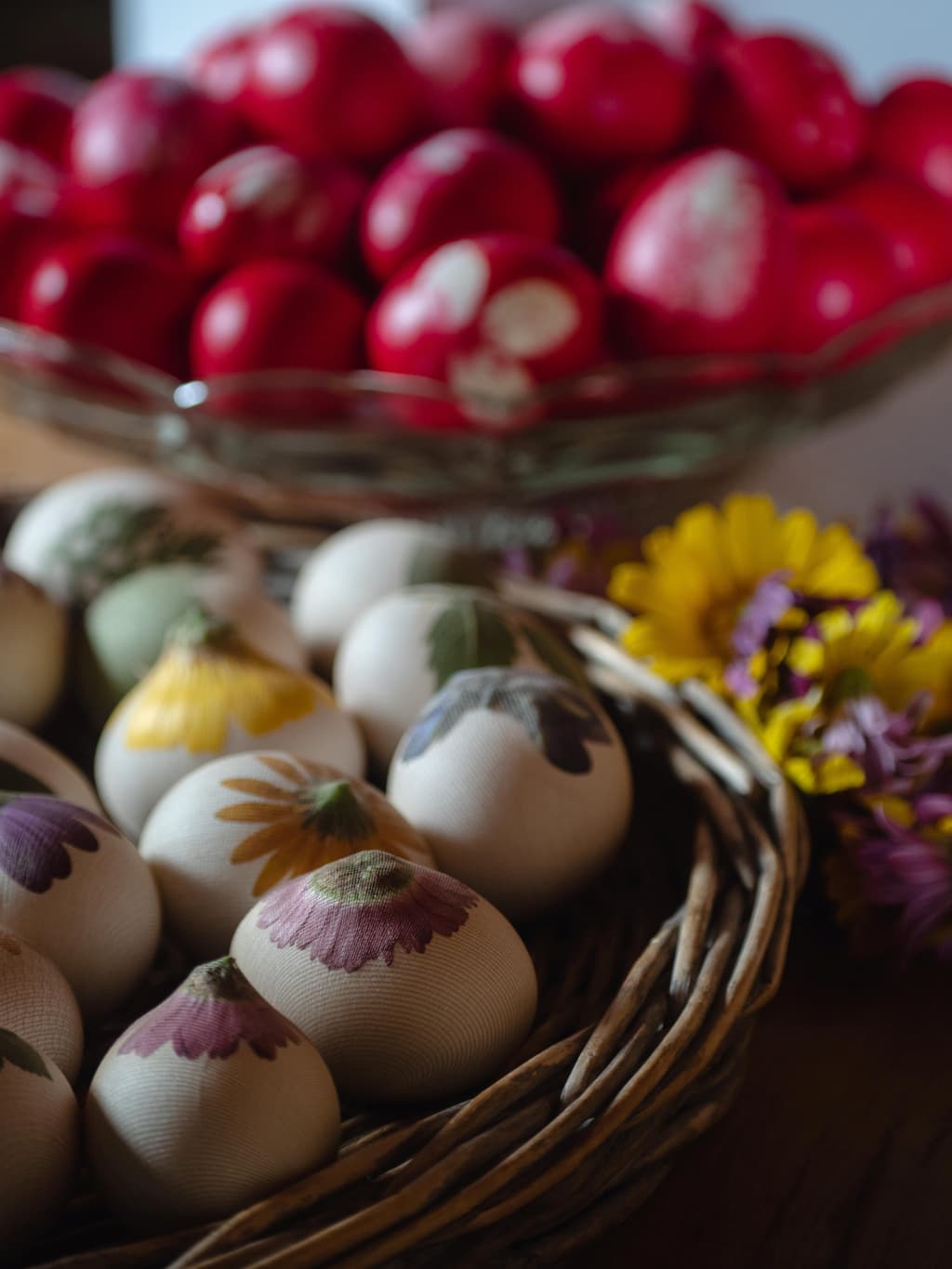
Easter Eggs
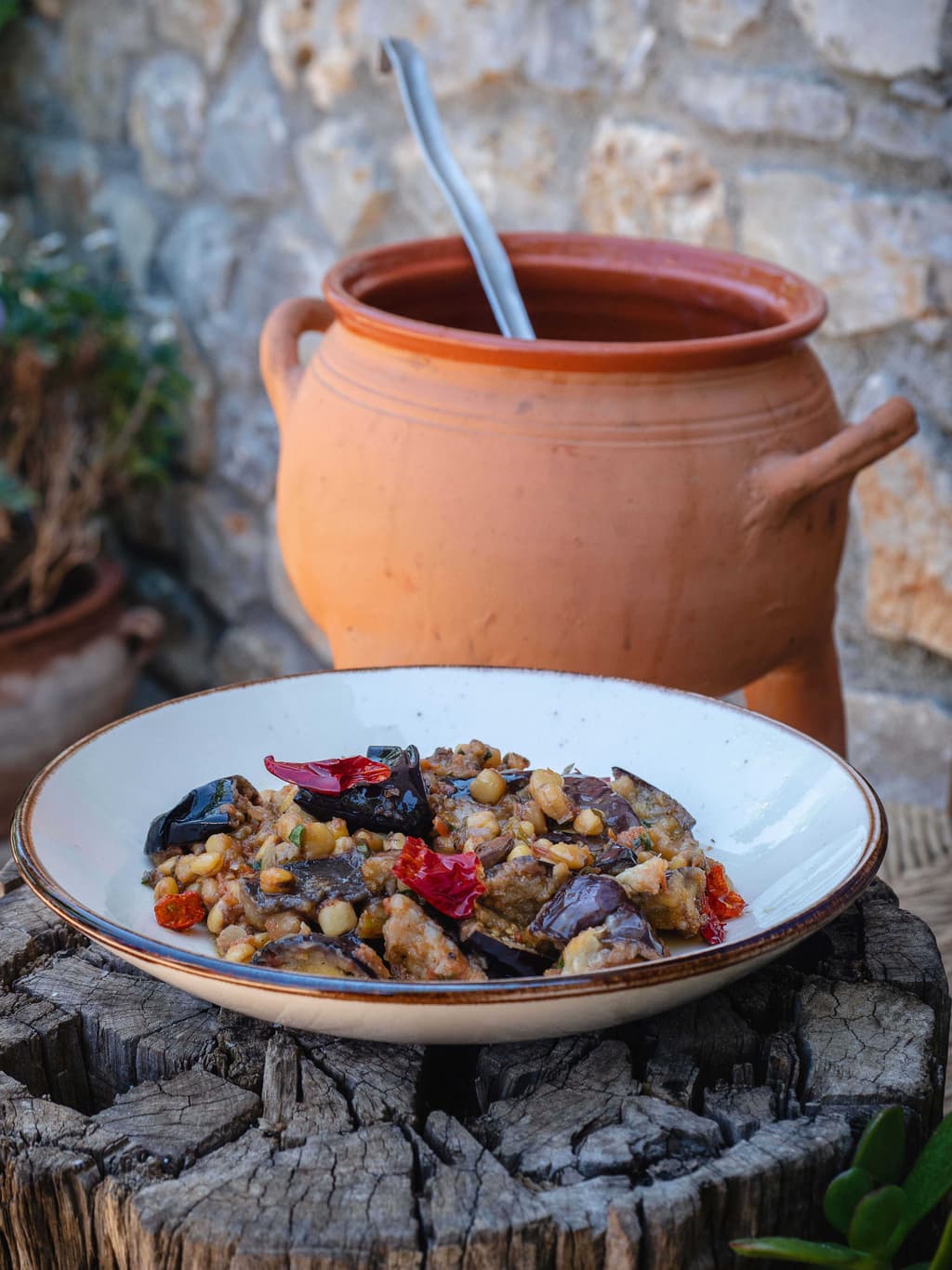
Kalikota
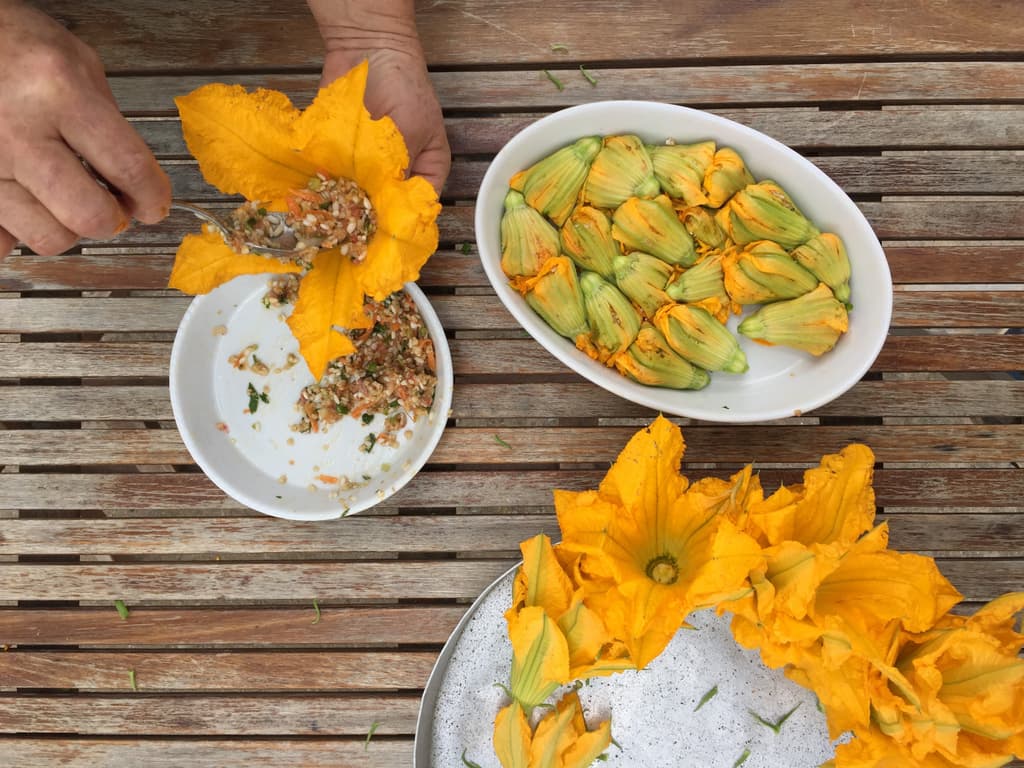
Stuffed Courgette Flowers
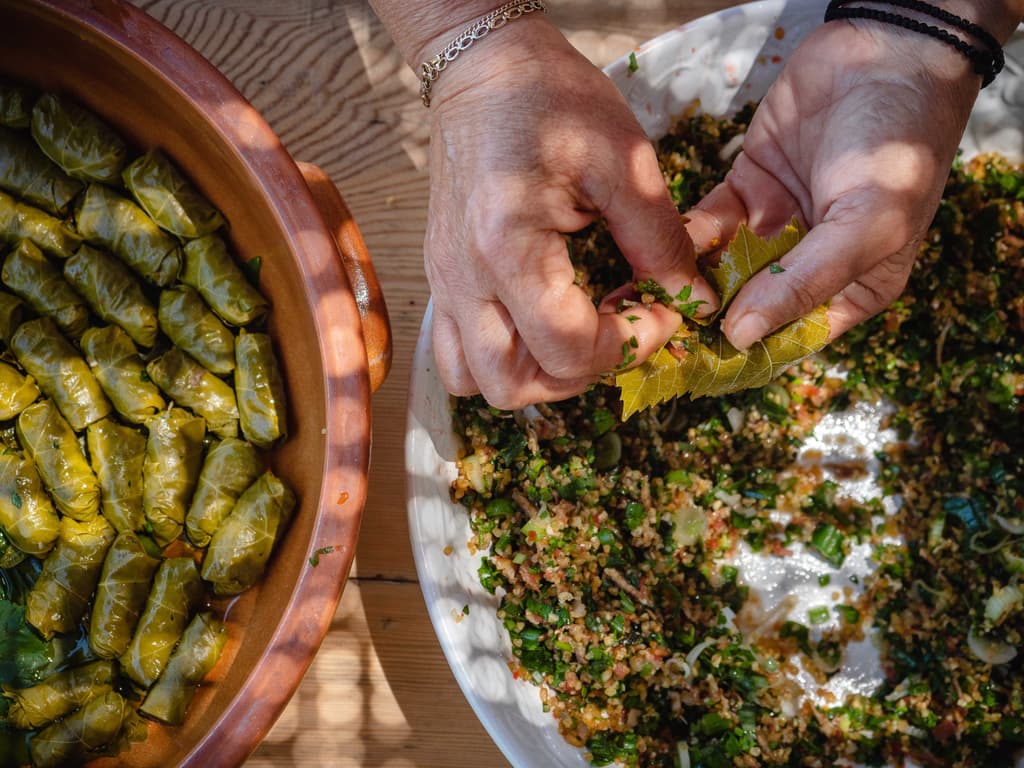
Stuffed Vine Leaves

Cracked Wheat and Snails
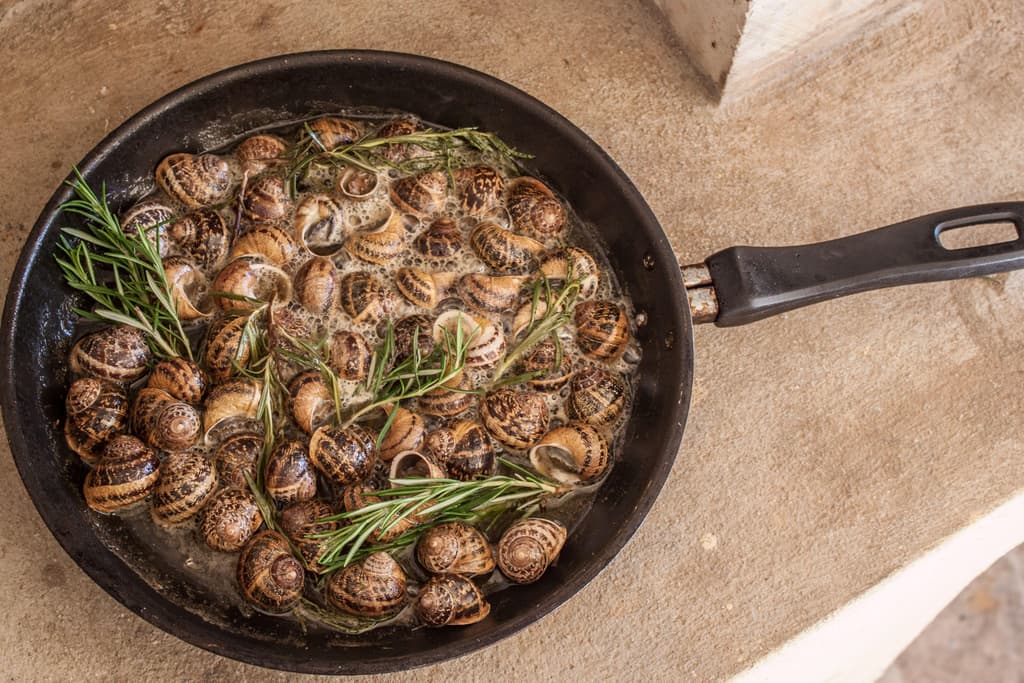
Chochli Boubouristi (Snails Face Down)
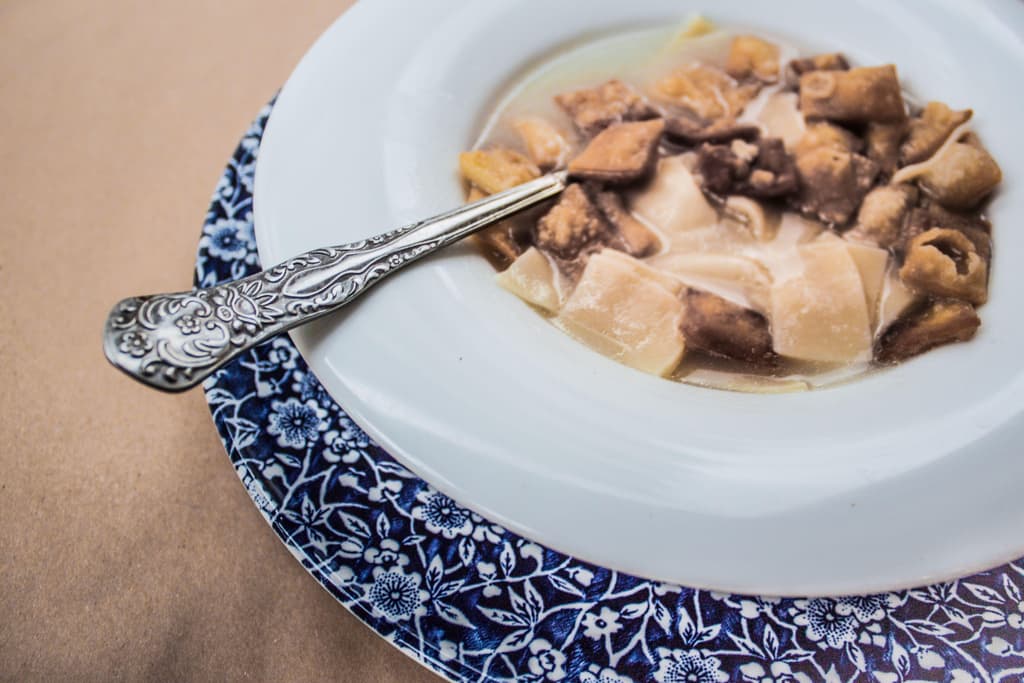
Mangiri
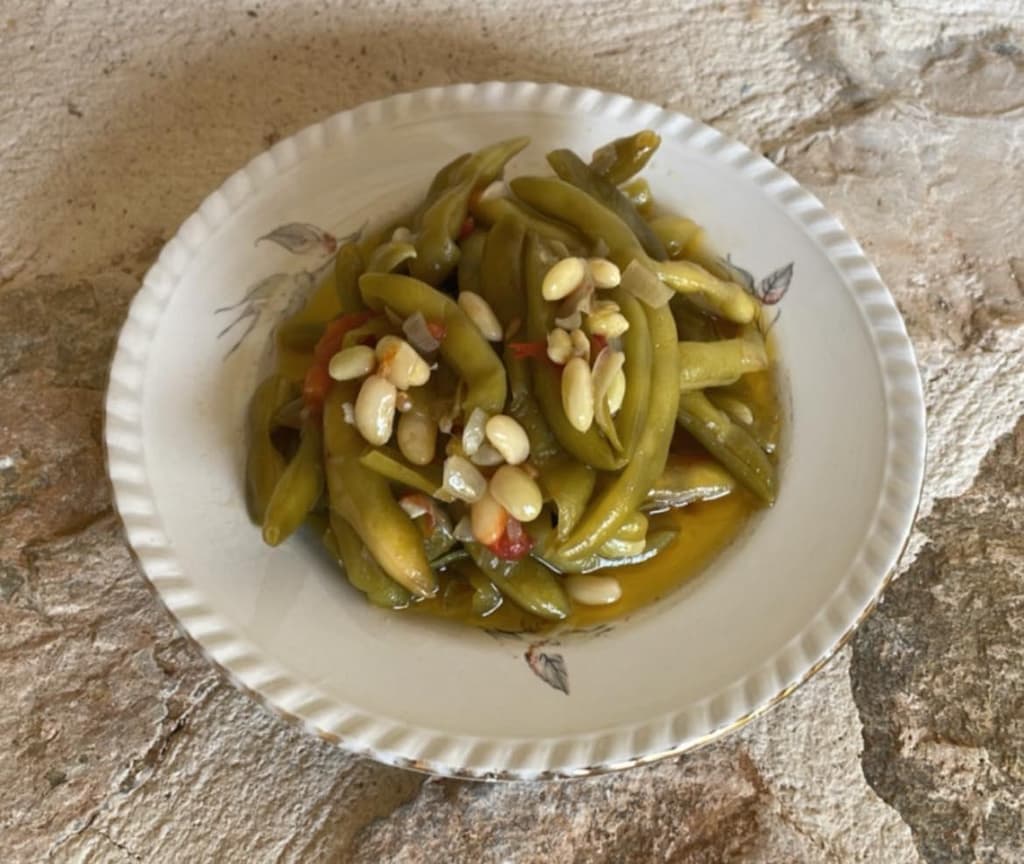
Symian Bean
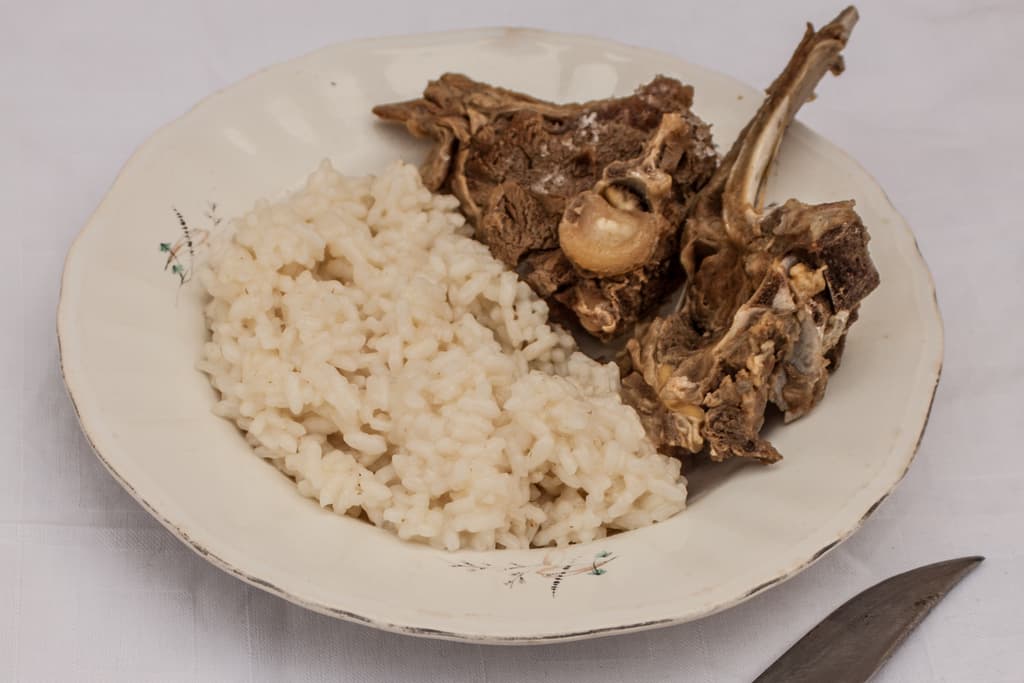
Cretan Pilaf
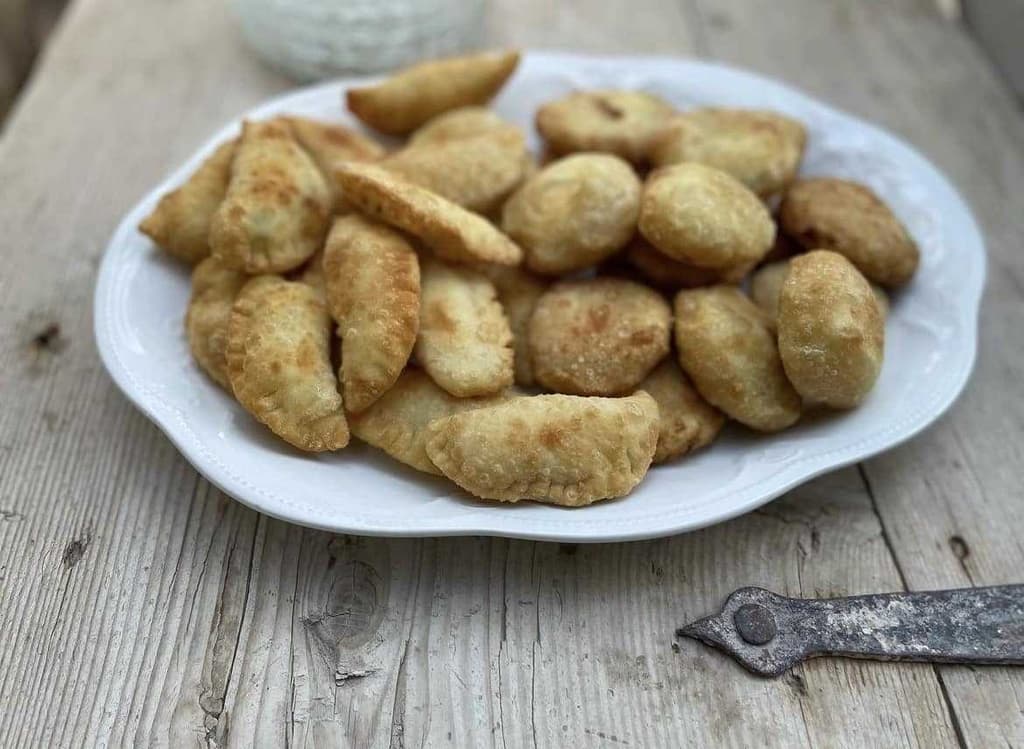
Rethymno Water Pies
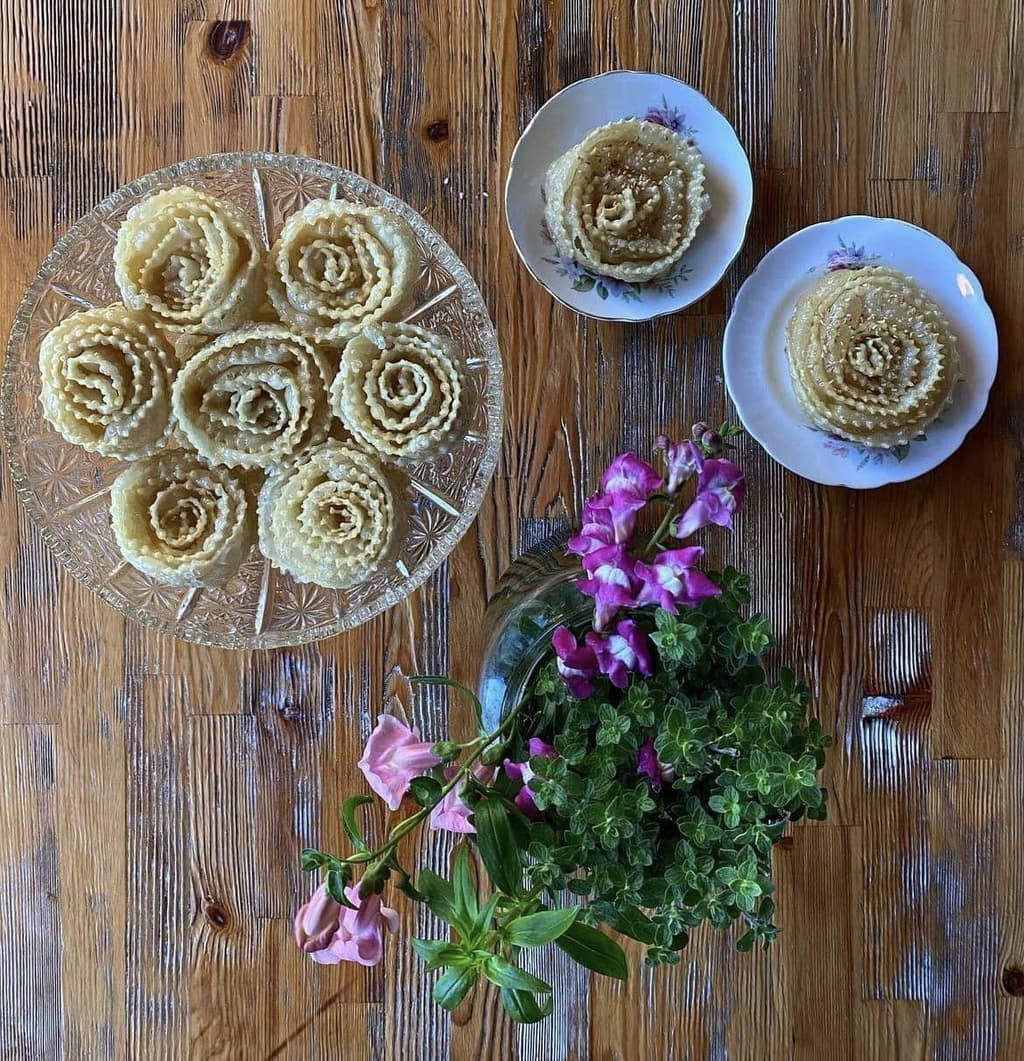
Xerotigana
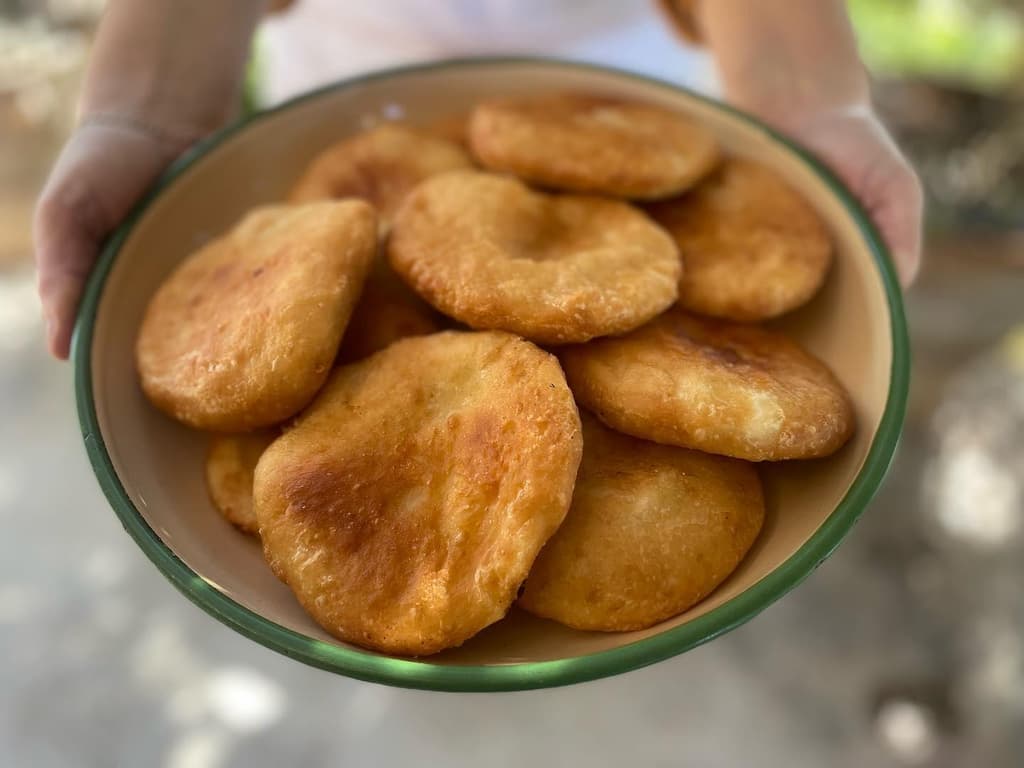
Agnopites
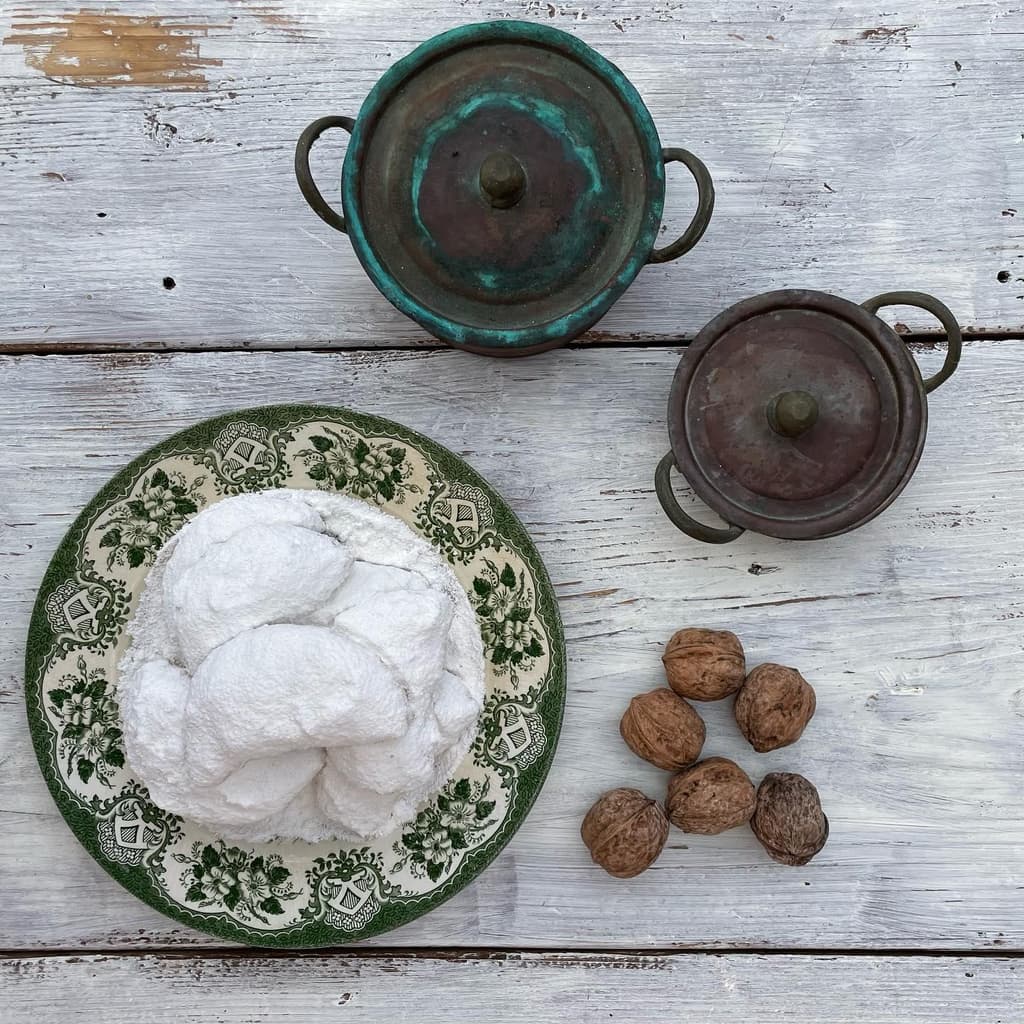
Patoudo

Safidota

Kakavia (Fish Soup)
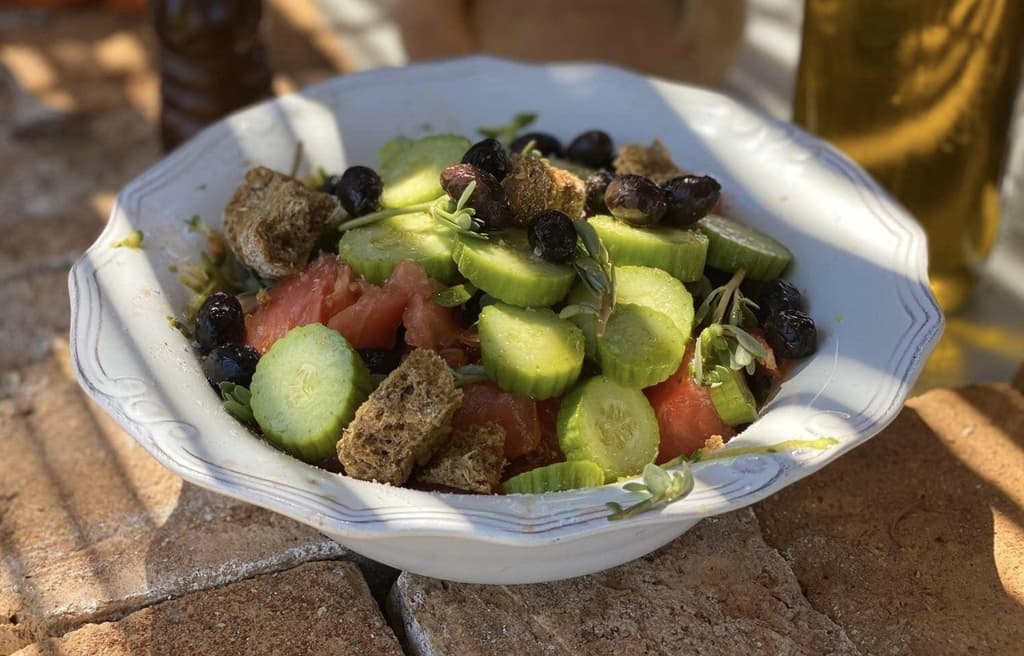
Cretan Greek salad
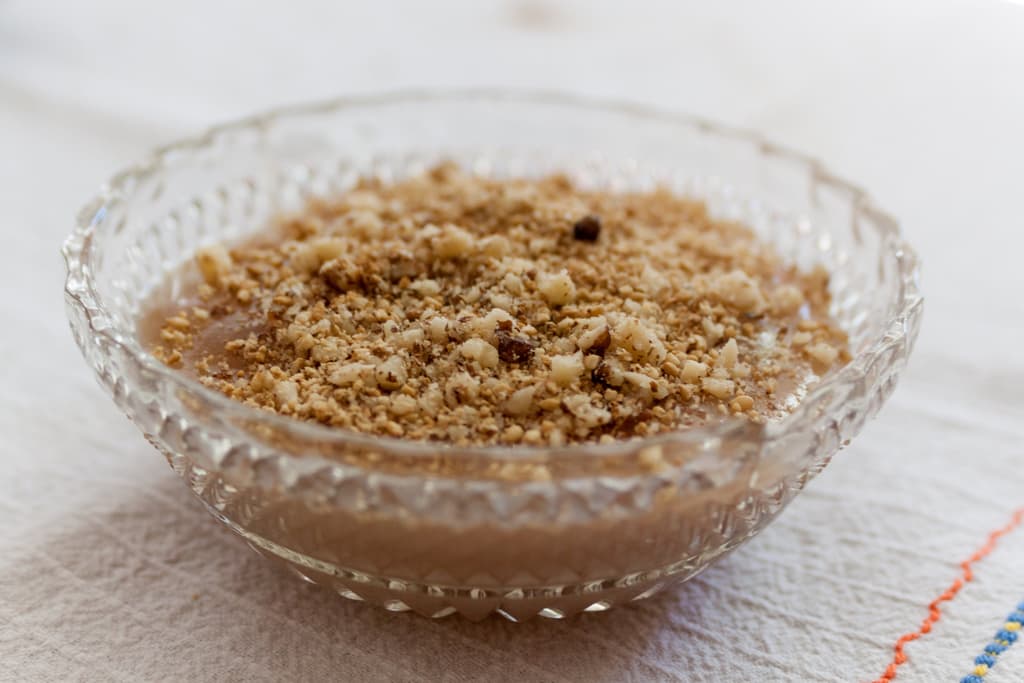
The Sweet Bounty of the Cretan Harvest
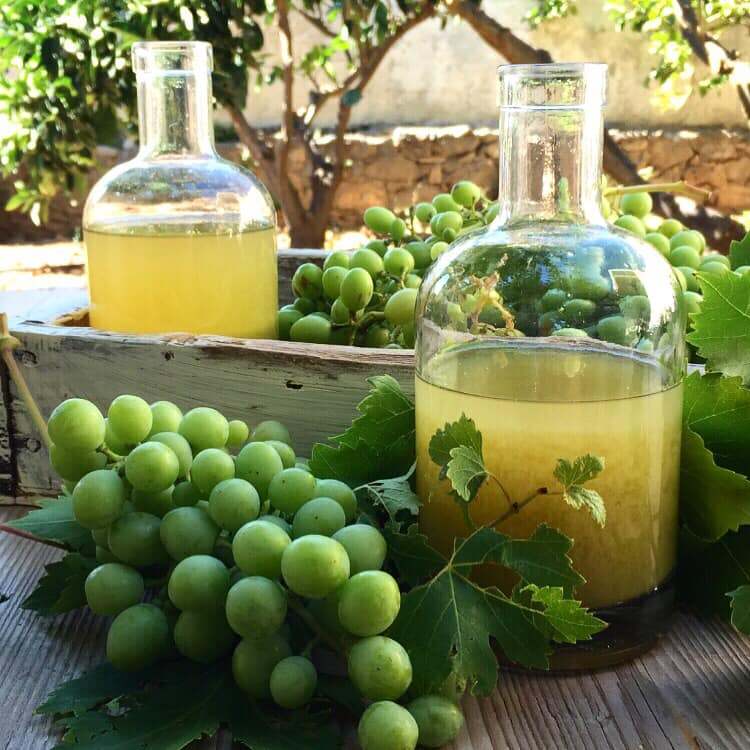
Okra and Unripe Grape
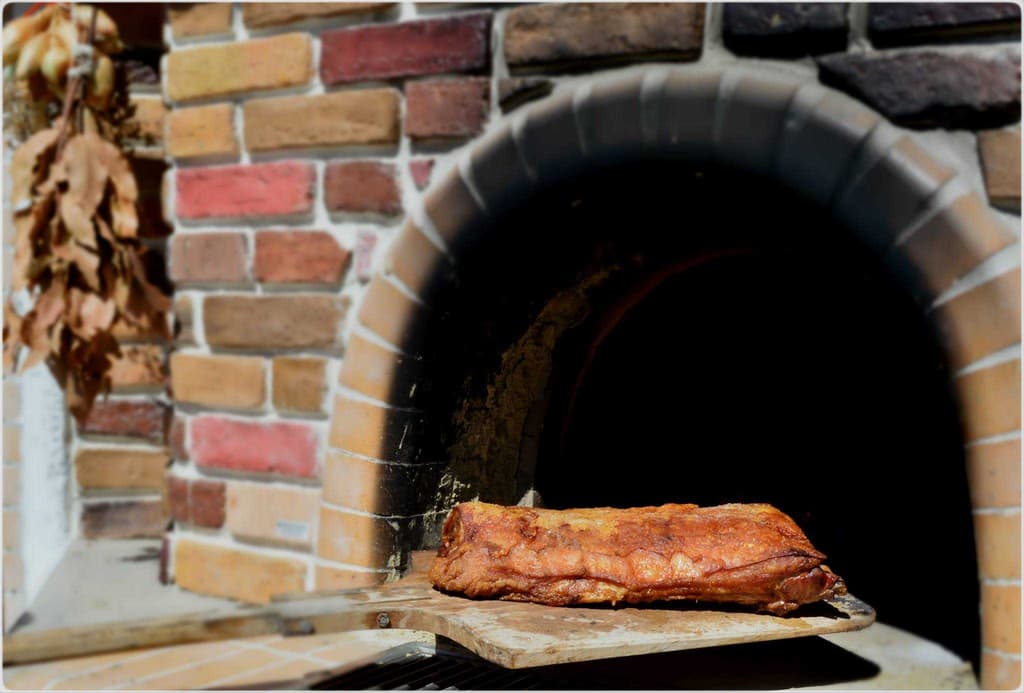
Kapriko
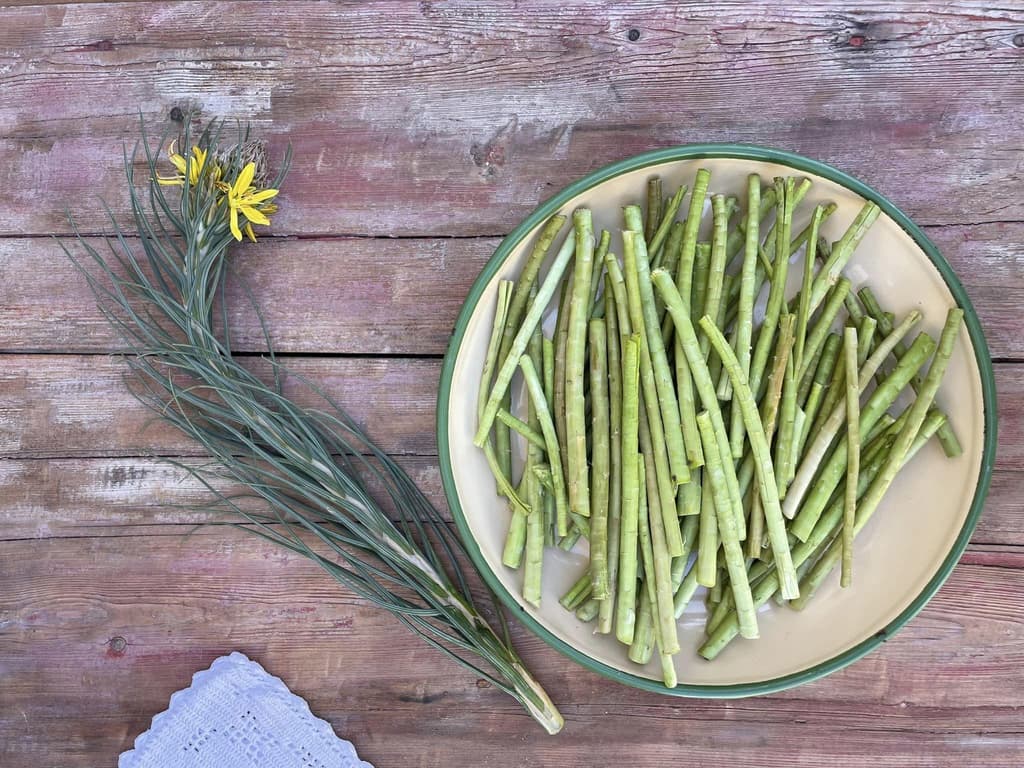
Discovering and Cooking Asphodelaceae: A Taste of Local Cuisine
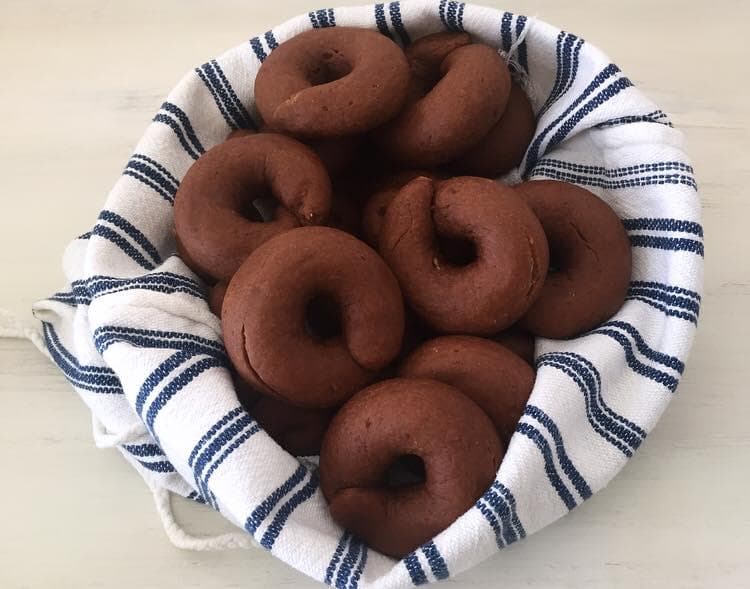
Moustokouloura
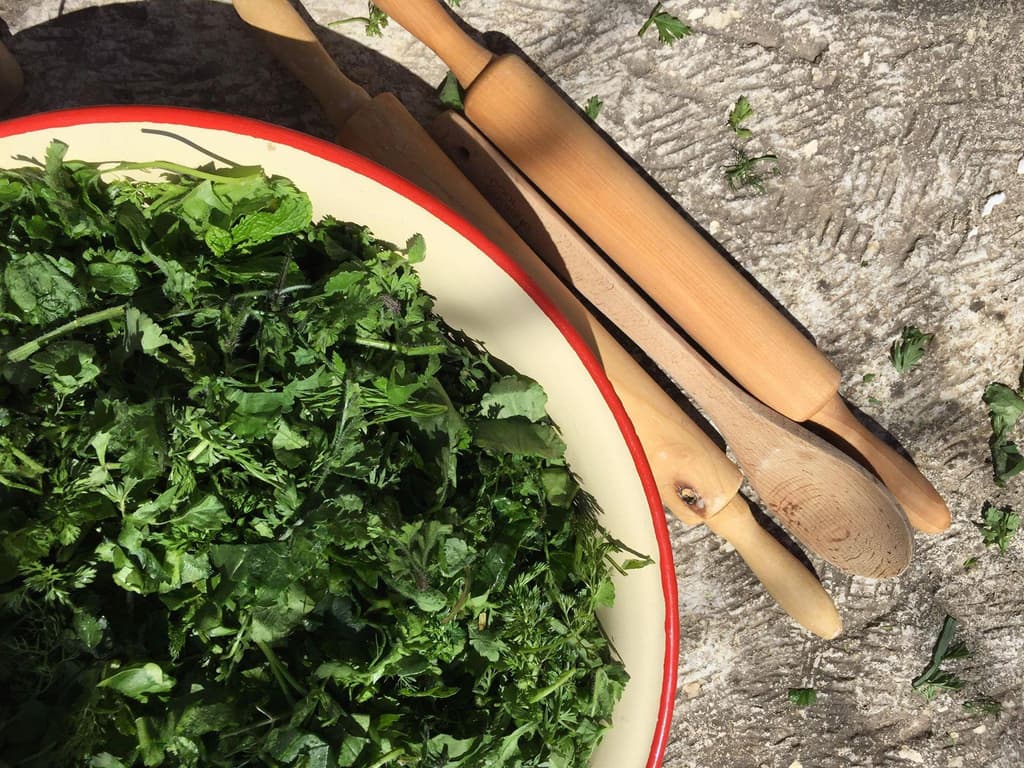
Pie with 'Yachnera' Greens: Baked to Perfection

Pumpkin Stifado
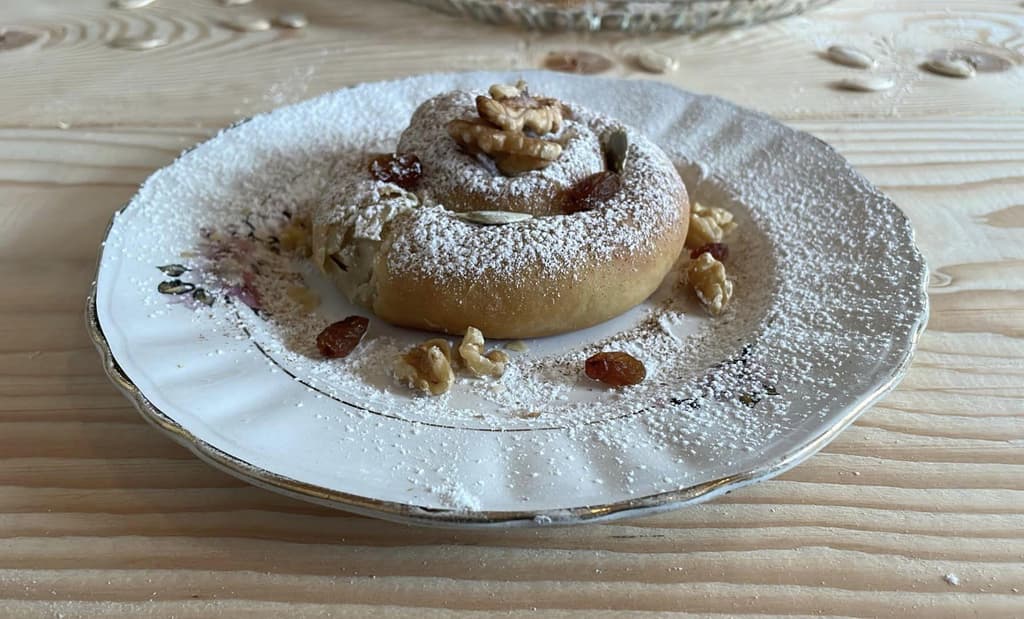
Sweet Pumpkin Pies with Raki Leaves (Oven)
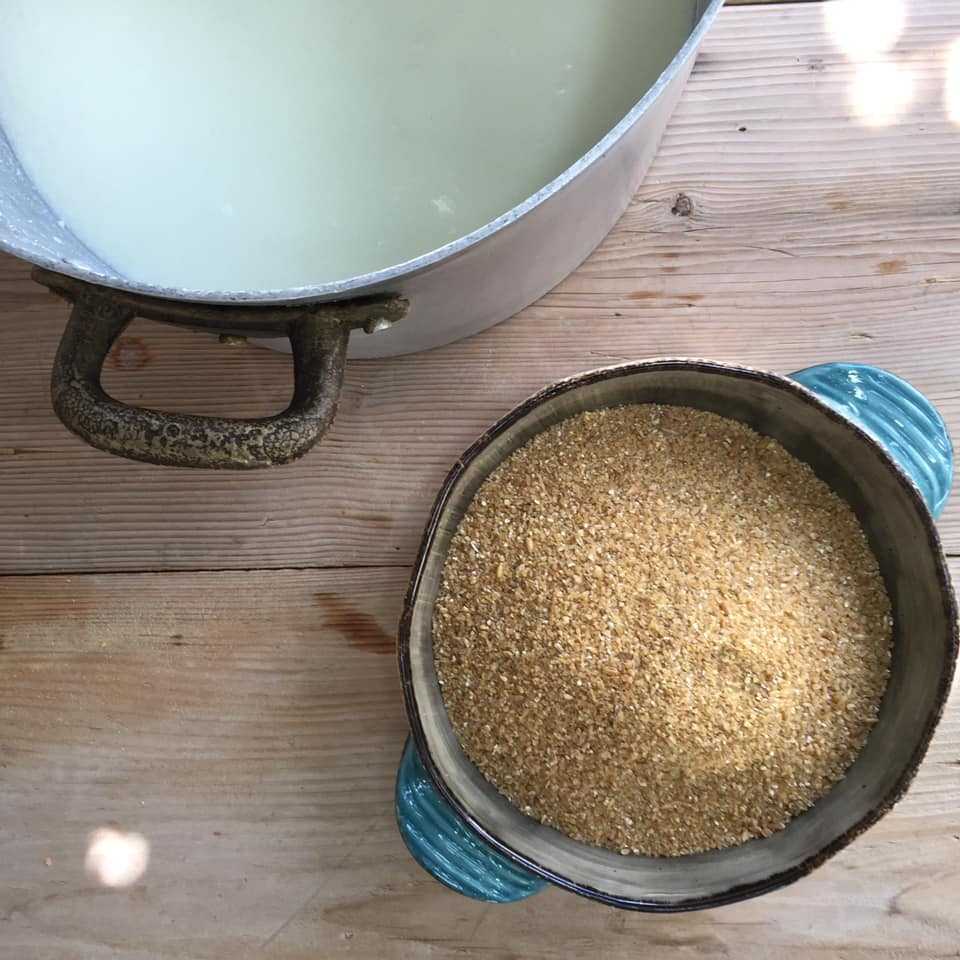
Xinochondros: Sour Bulgur Pasta
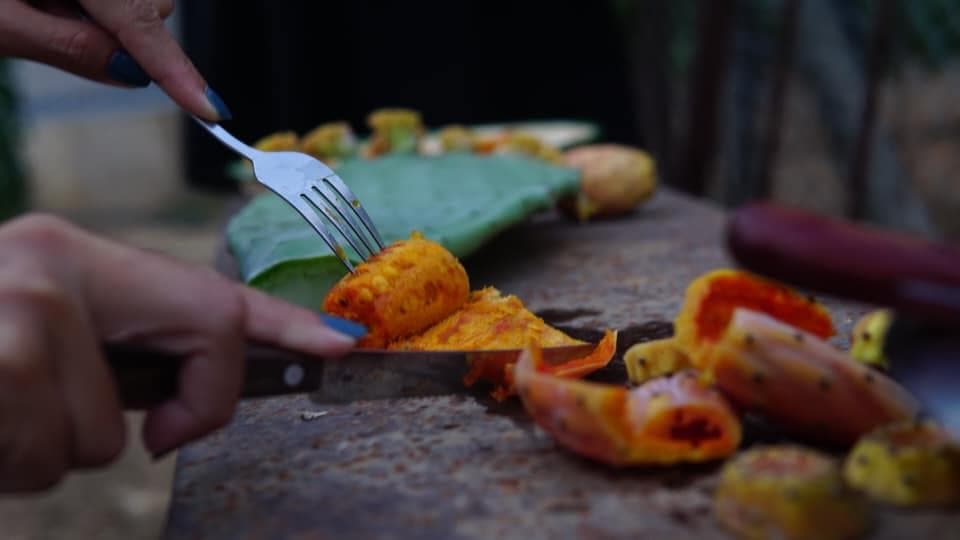
Prickly Pear or Indian Fig
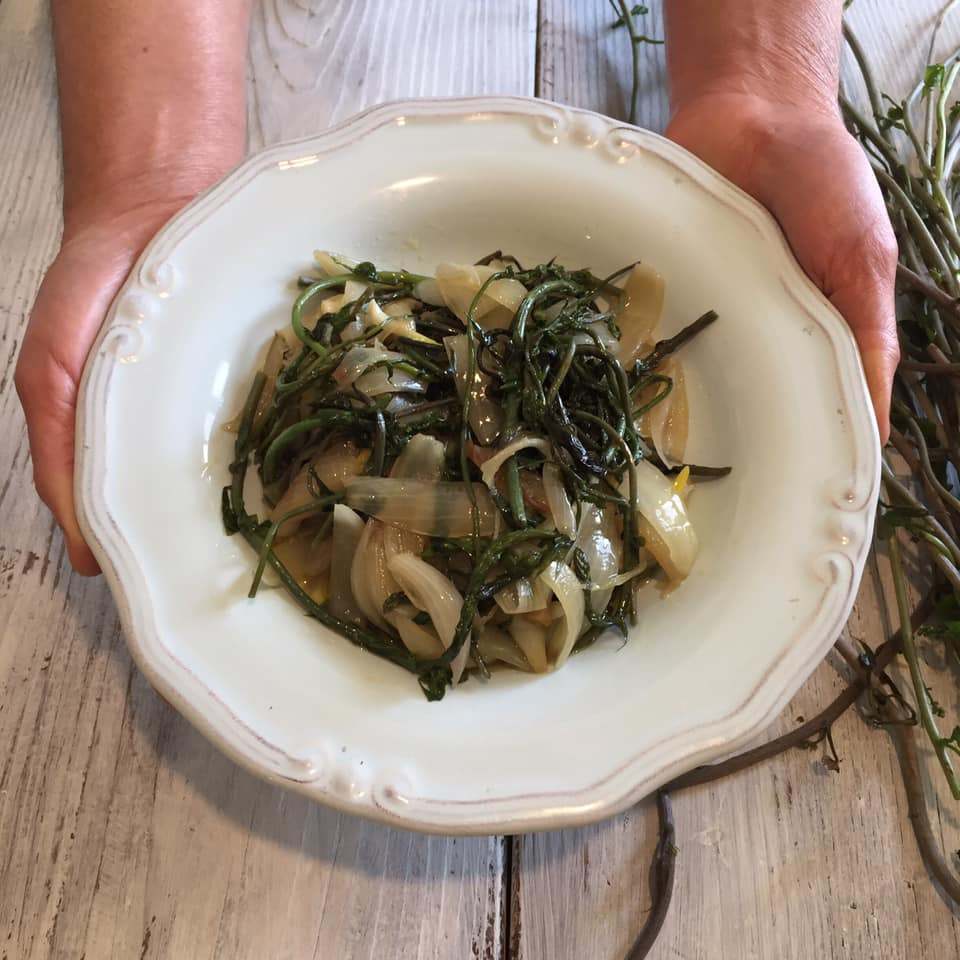
Black Bryony

Tahini Soup without Oil
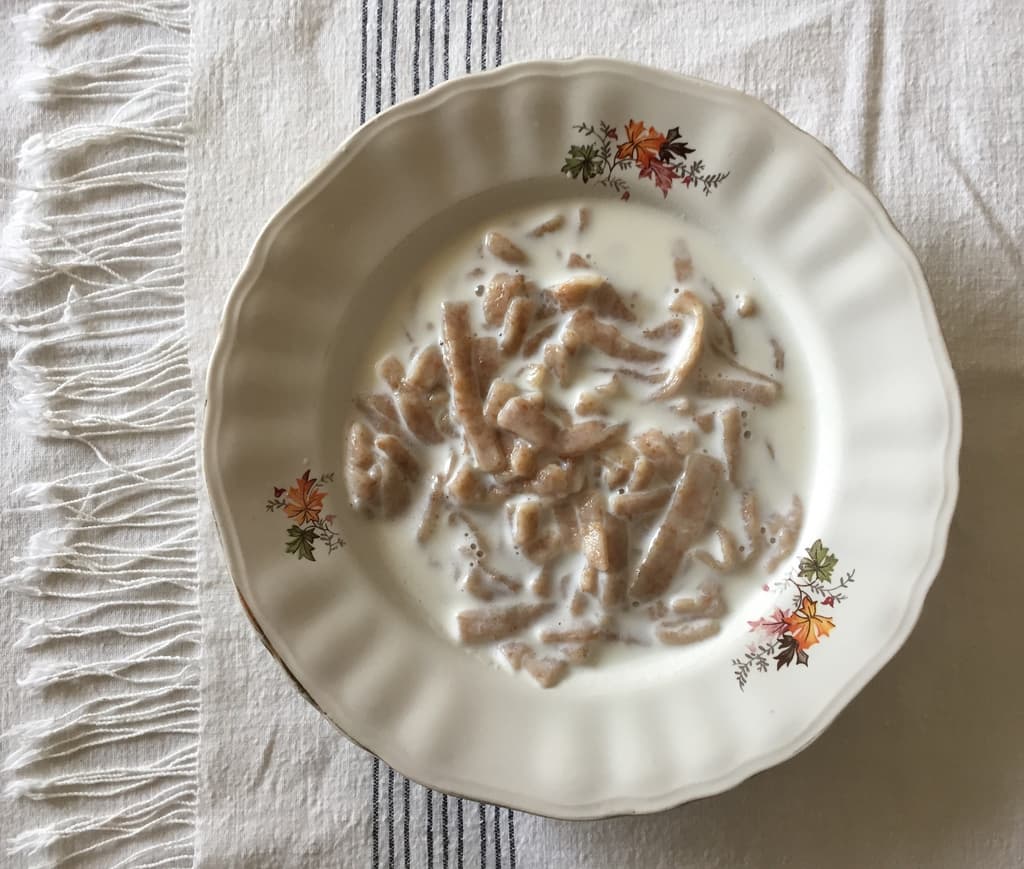
Chylofta with Milk
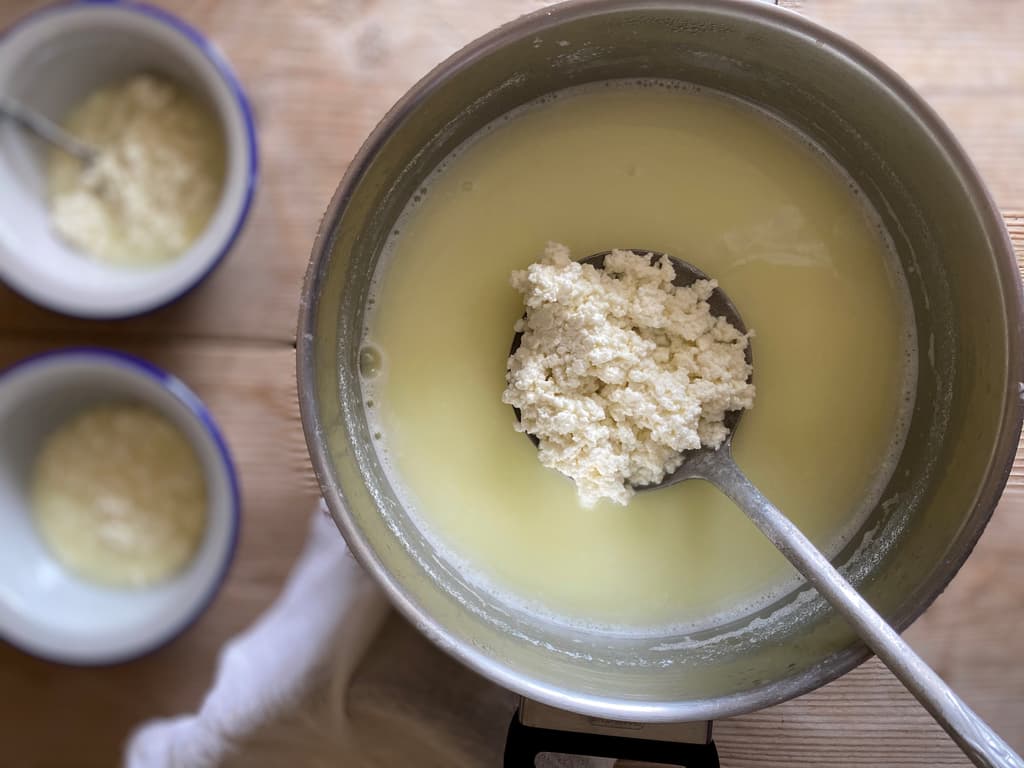
Tyrozouli or Cretan Home Cheese
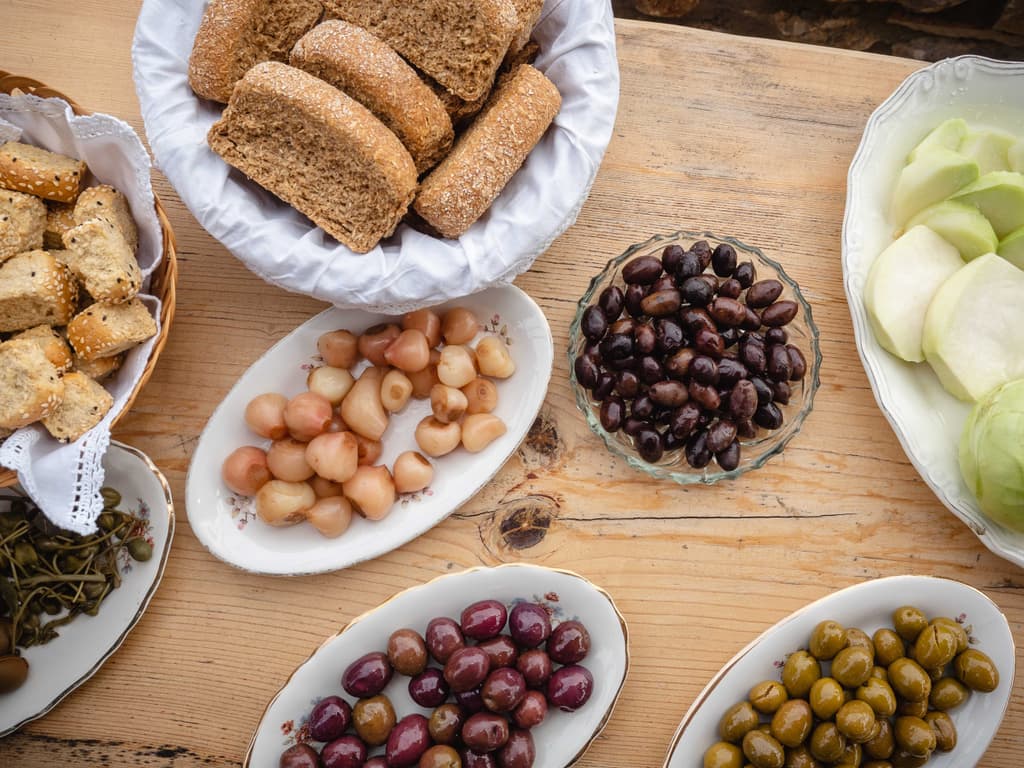
Pickled Tassel Hyacinth

Sourdough Dagoulakia
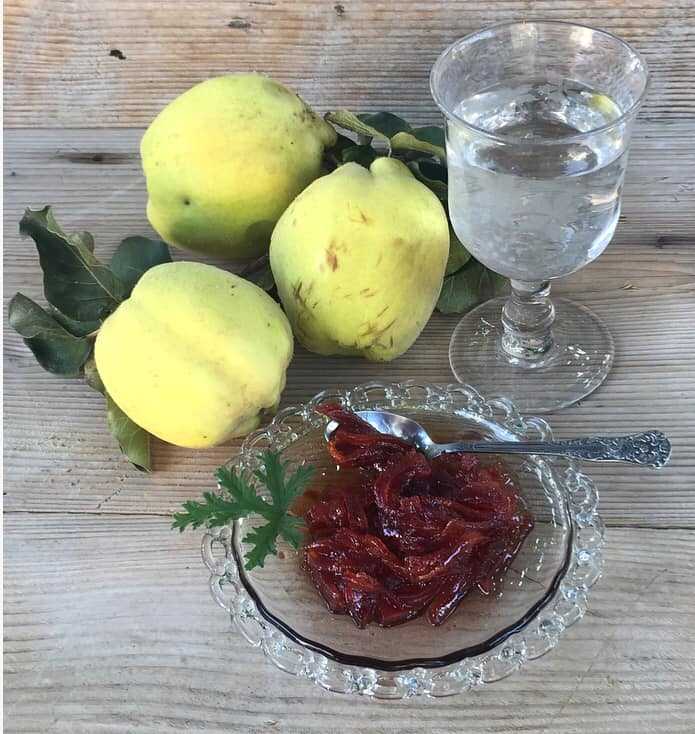
Quince Confection

Delicious Homemade Treat with Lemon Blossoms
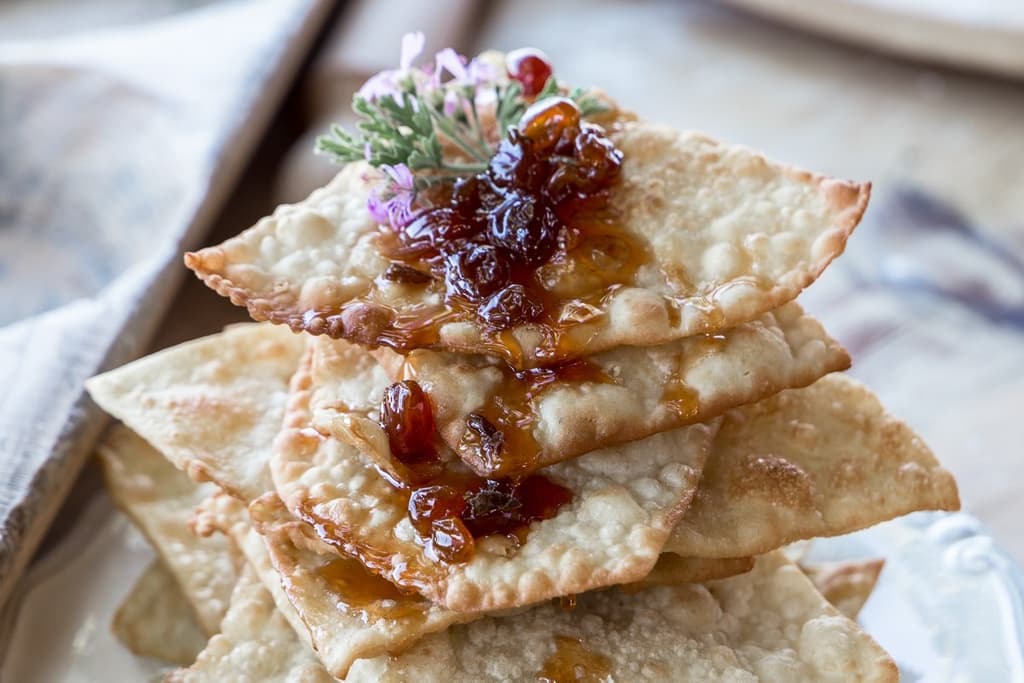
Tiganopites: Greek Fried Pies

Dietary Practices in 17th Century Crete
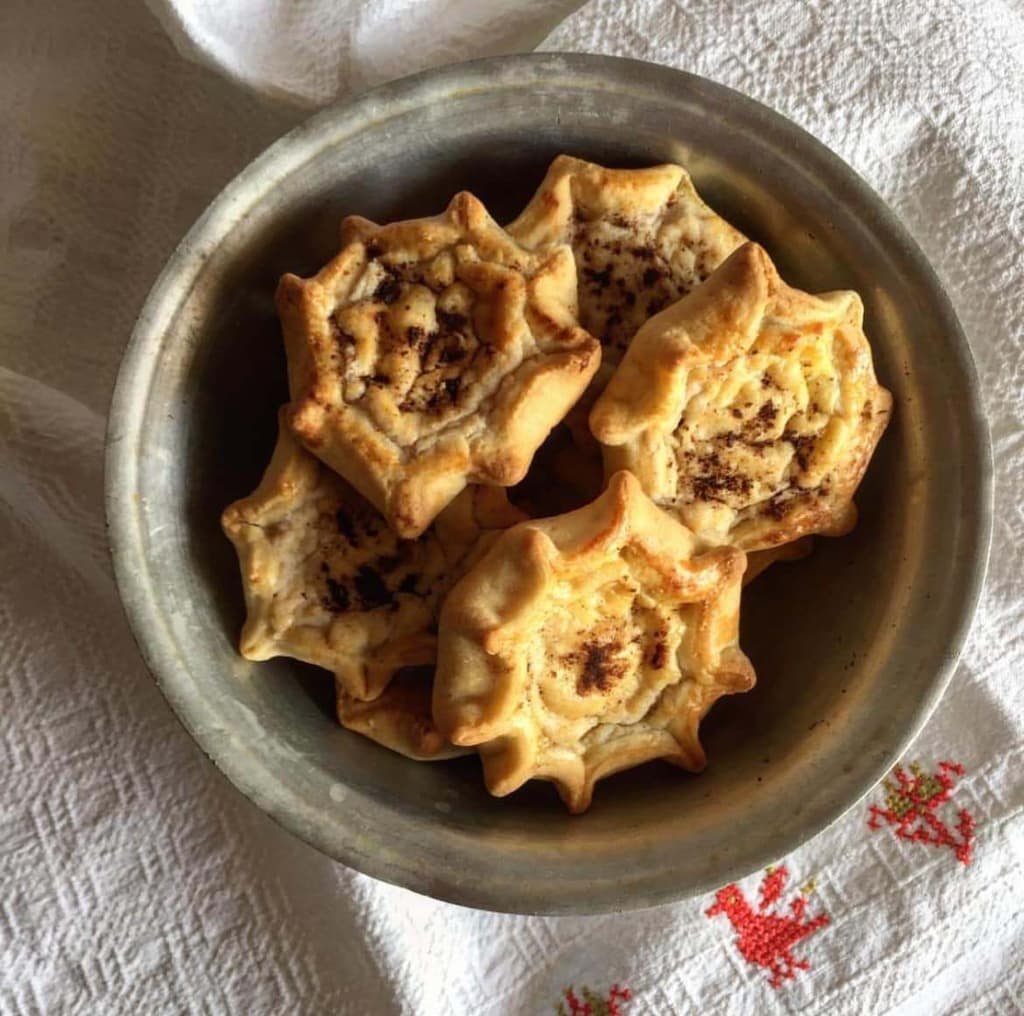
Lychnarakia
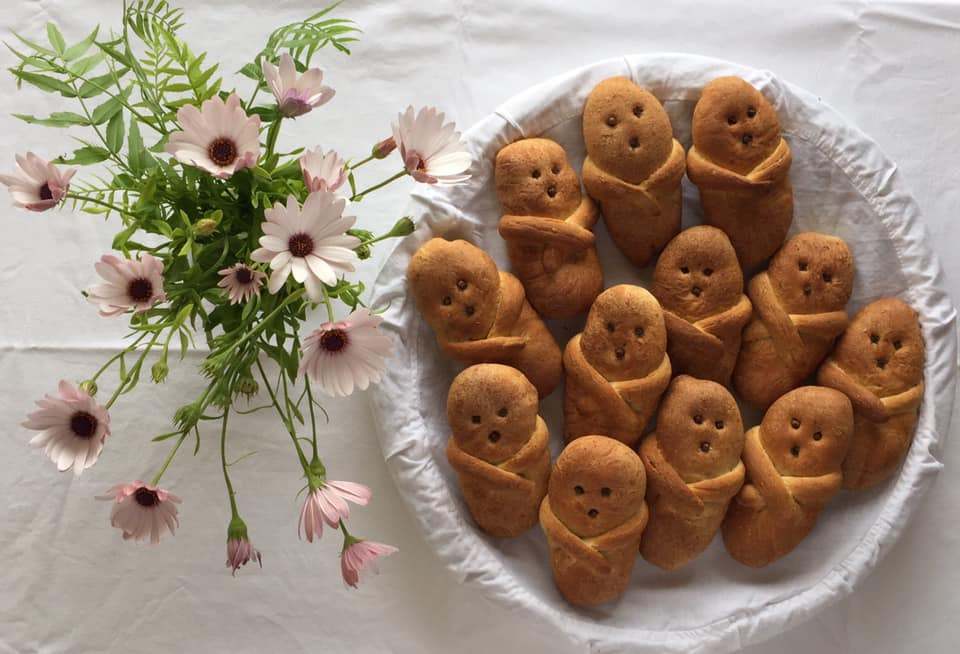
Lazarakia
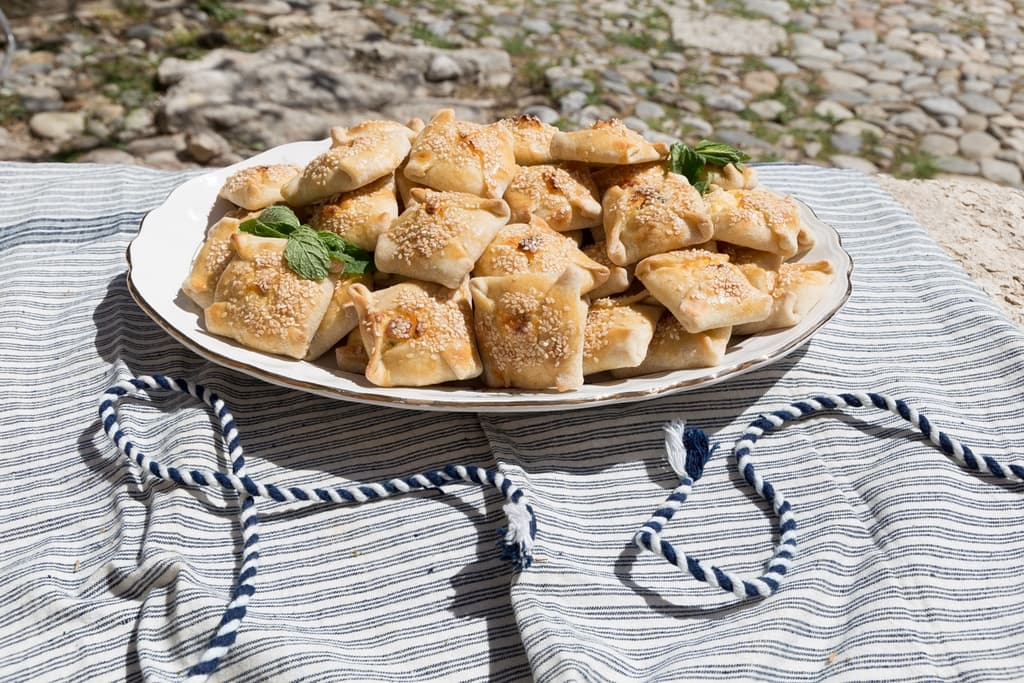
Kalitsounia from Chania
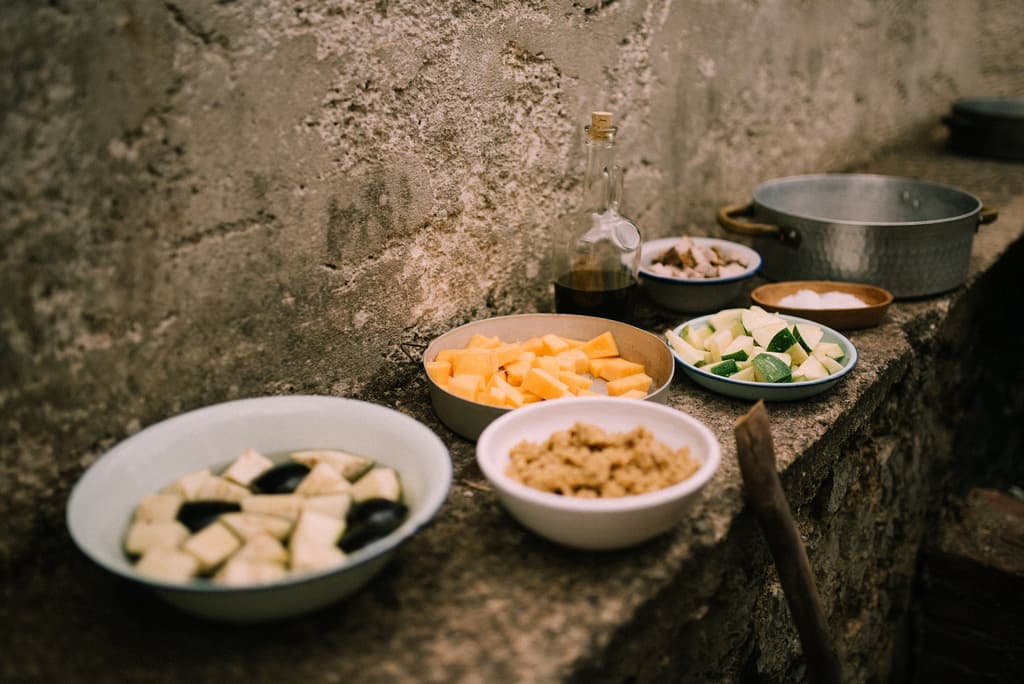
Apaki with Xinohondros and Vegetables
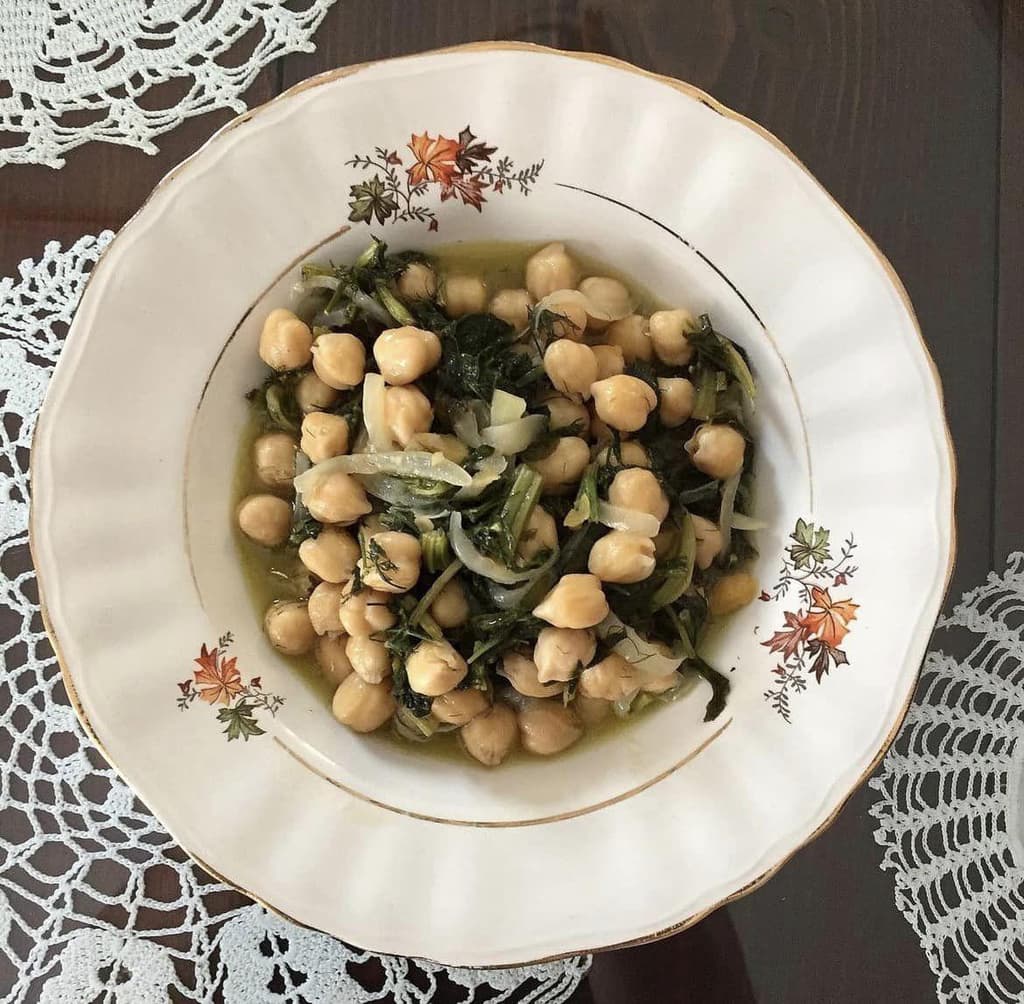
Chickpeas with Yachnera: A Delightful Dish
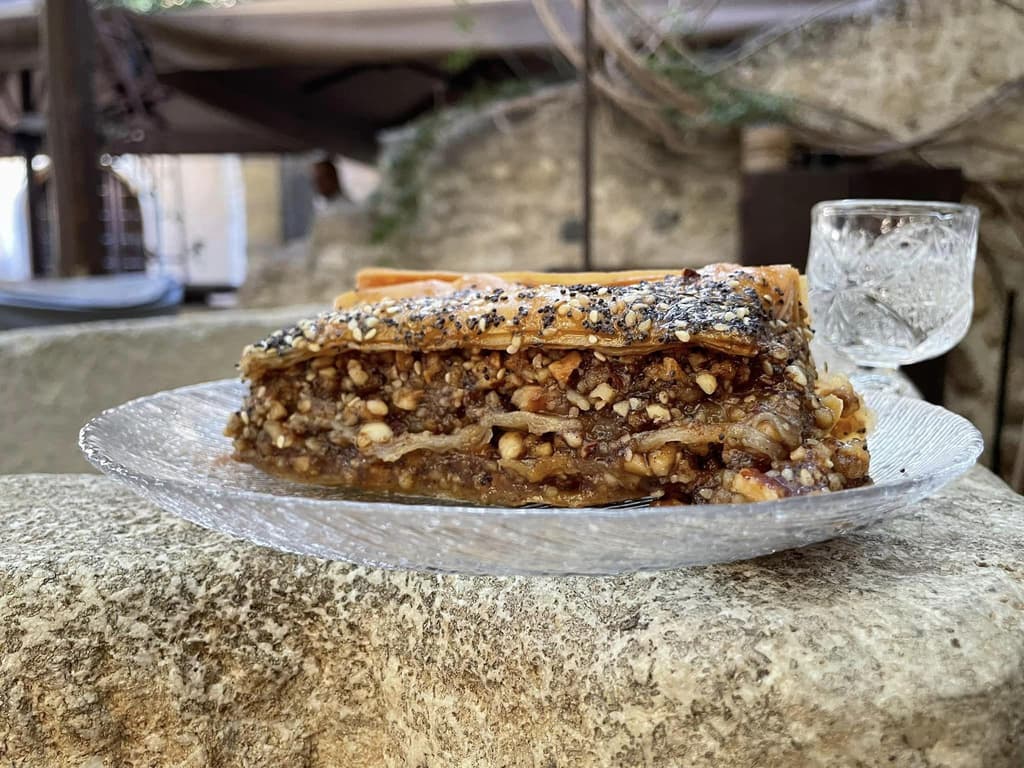
Gastrin
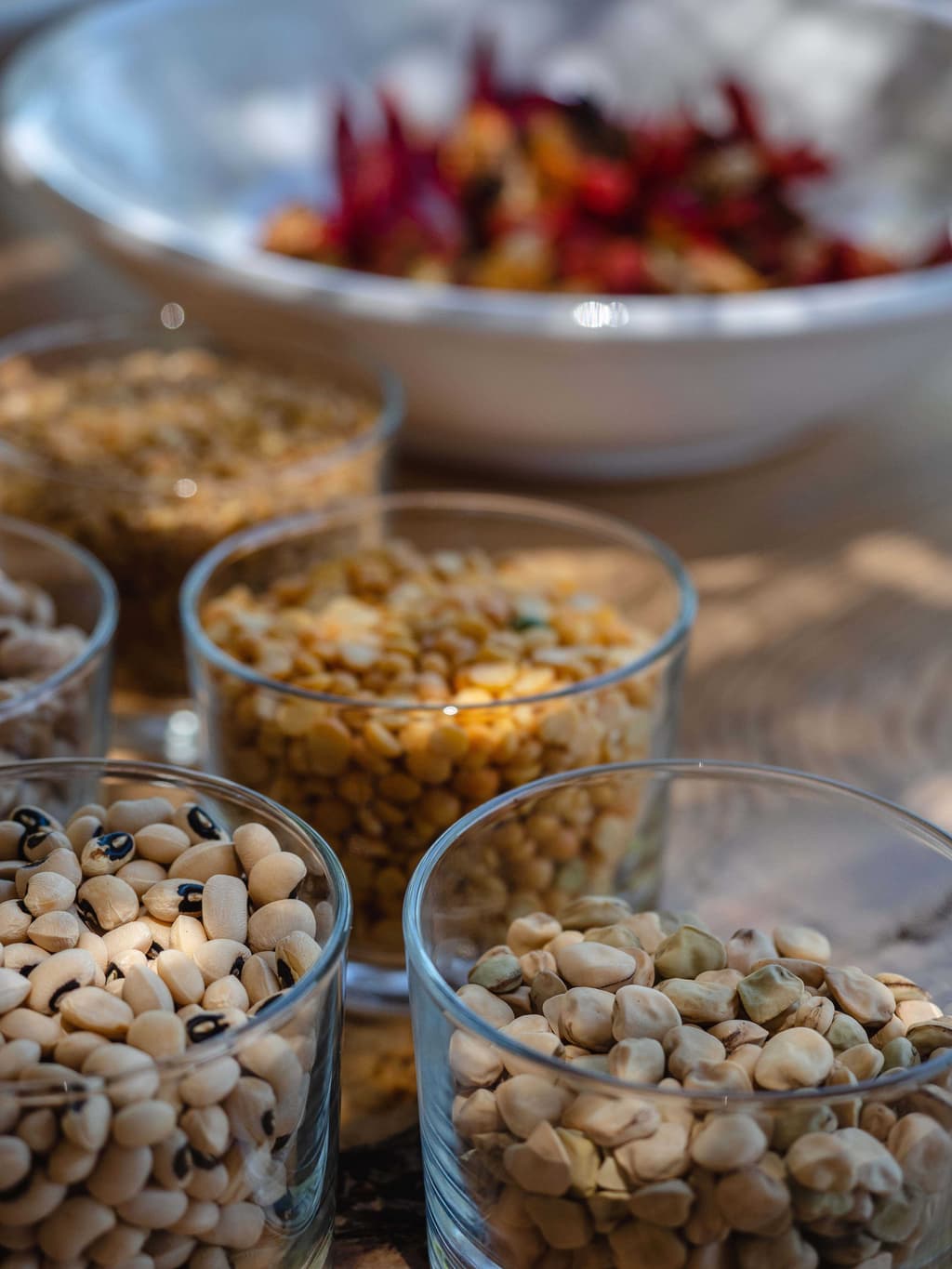
Fotokollyva
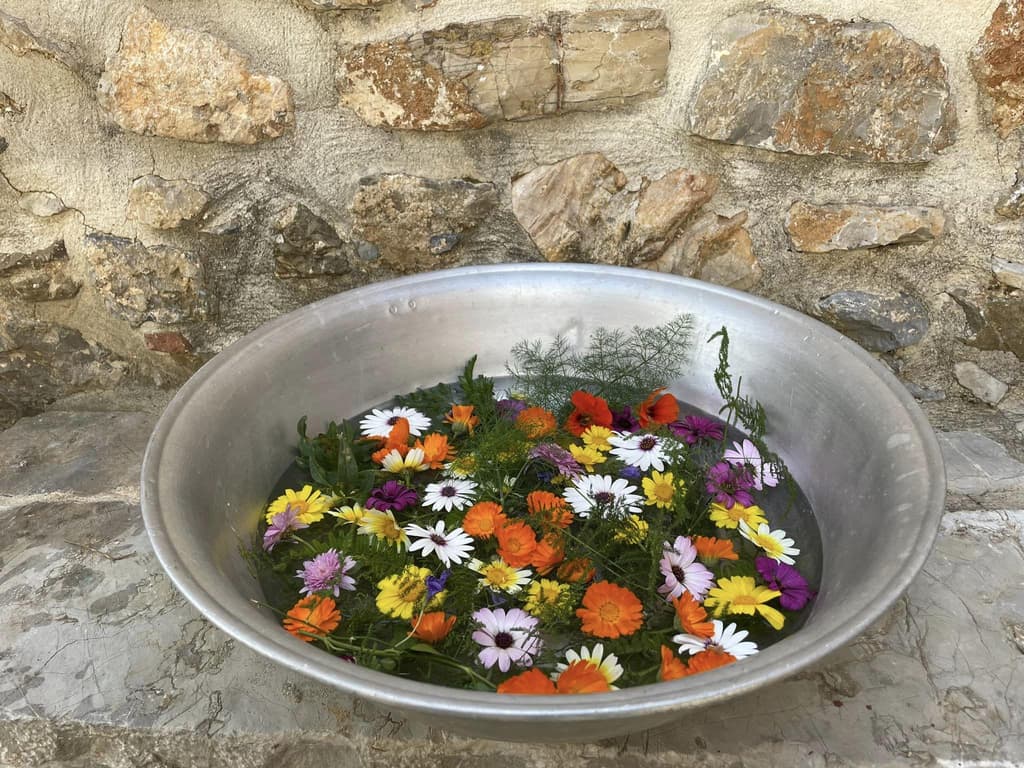
Dyeing Easter Eggs with Madder Root and Flower Blossoms
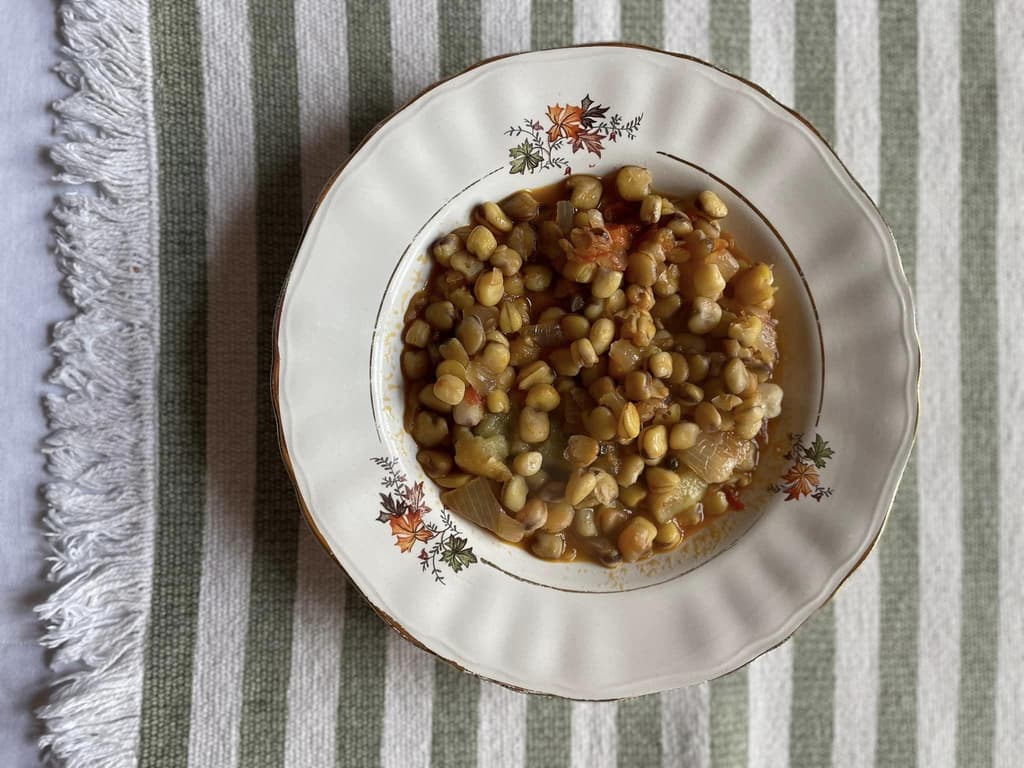
Biza or Manarolia Stew with Eggplants


